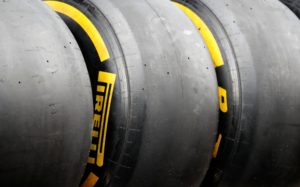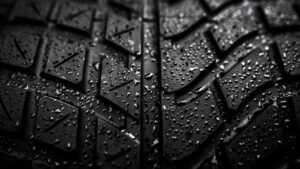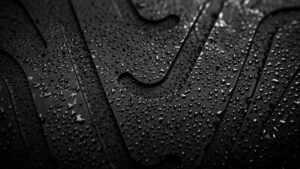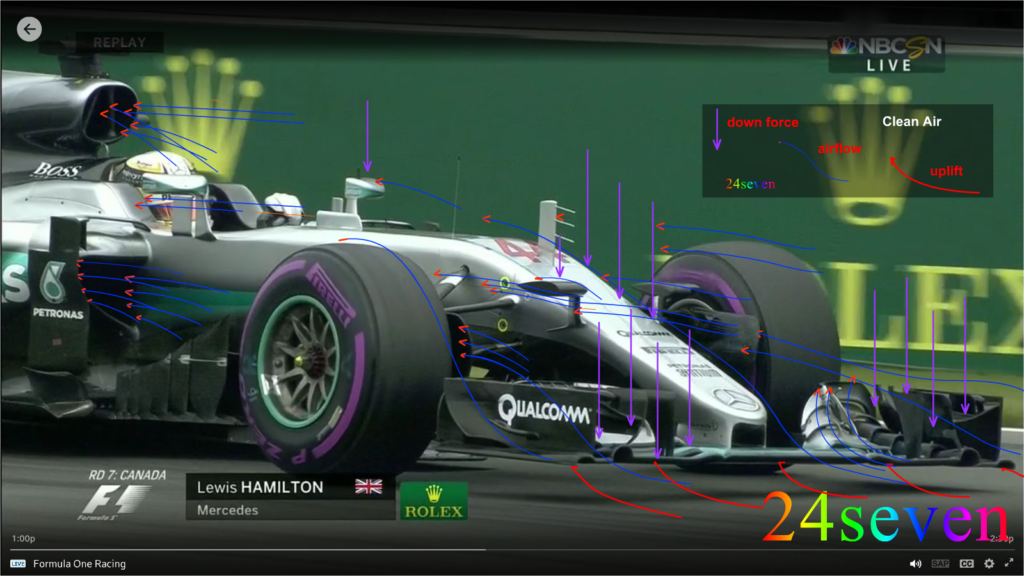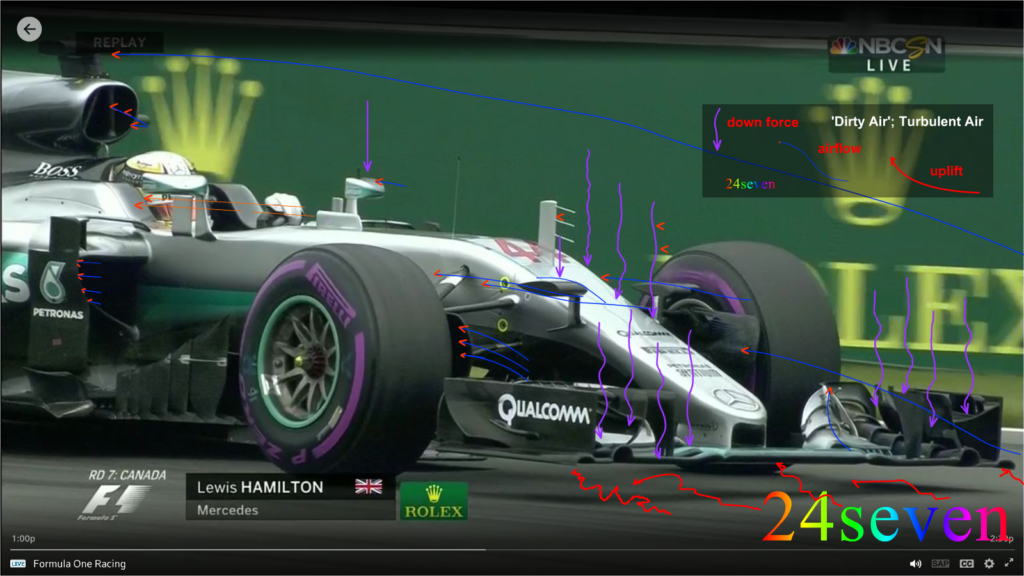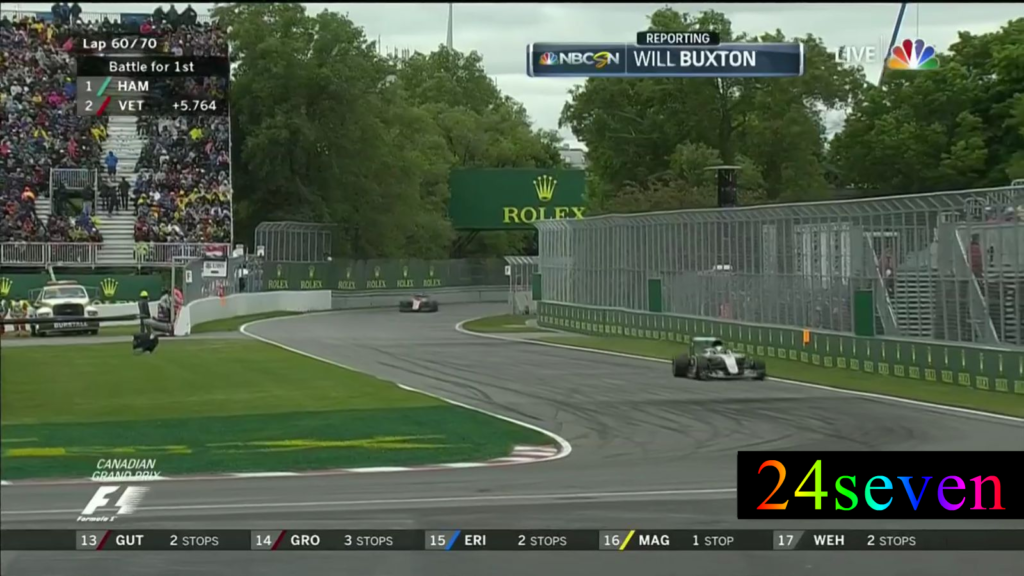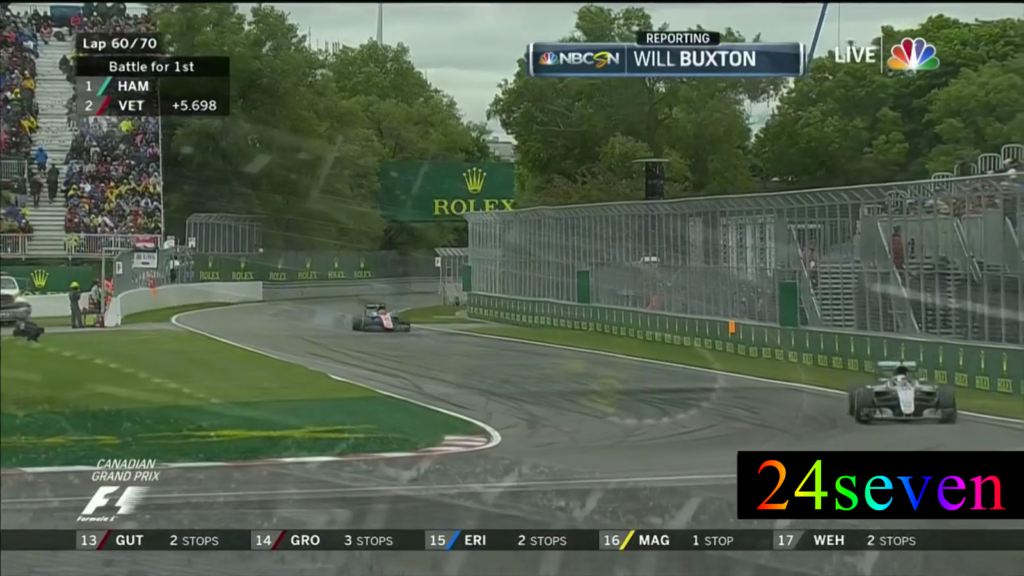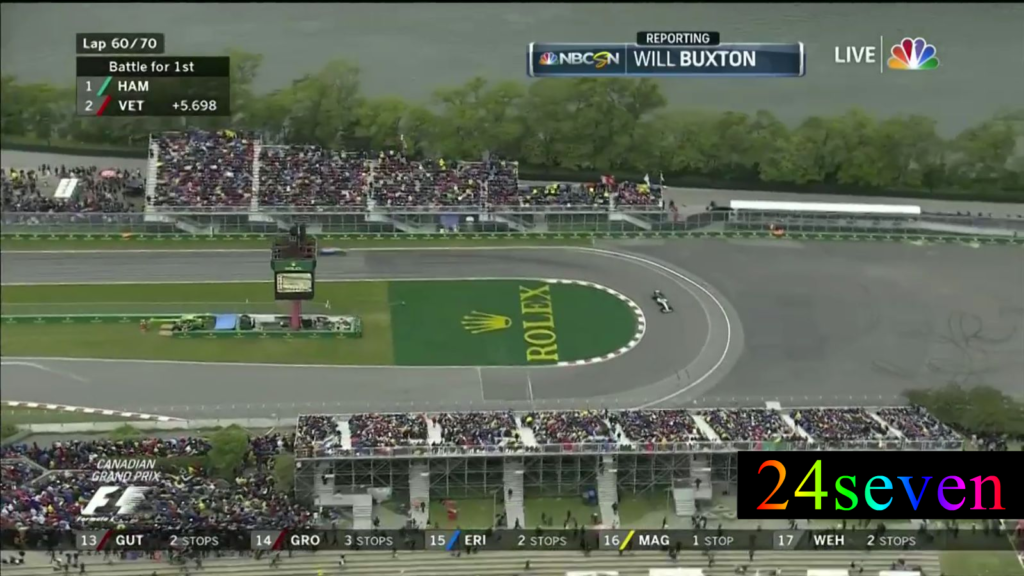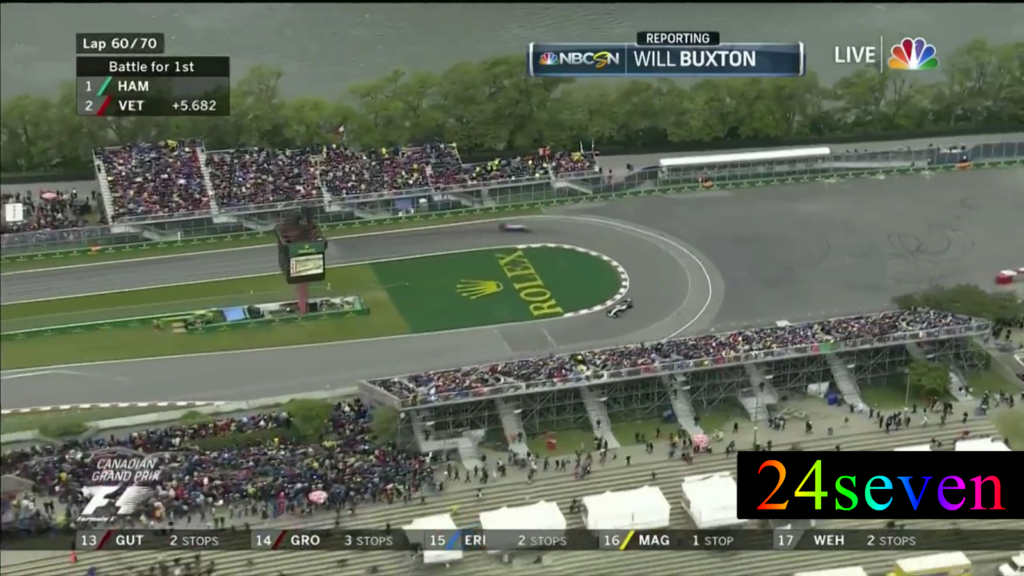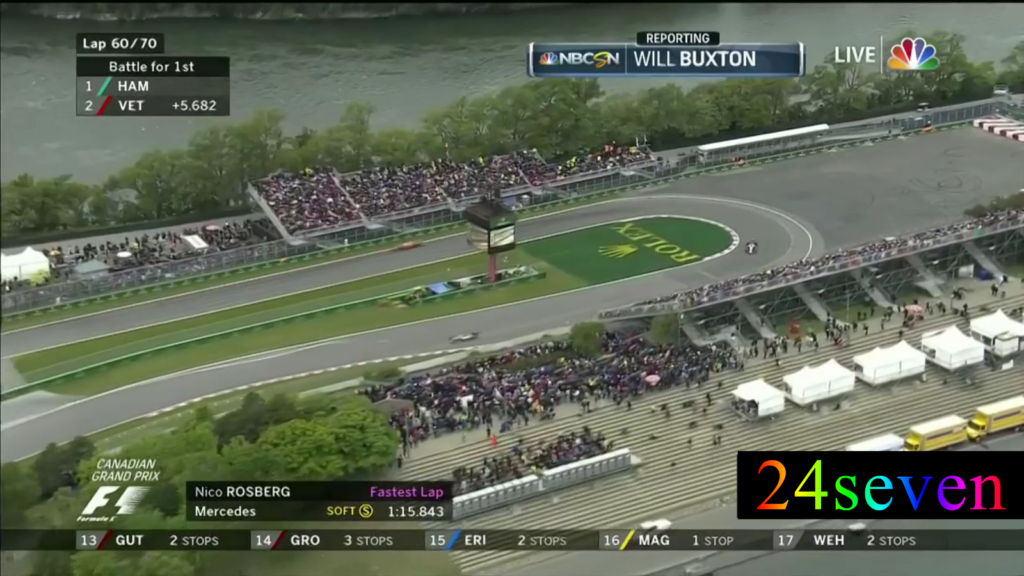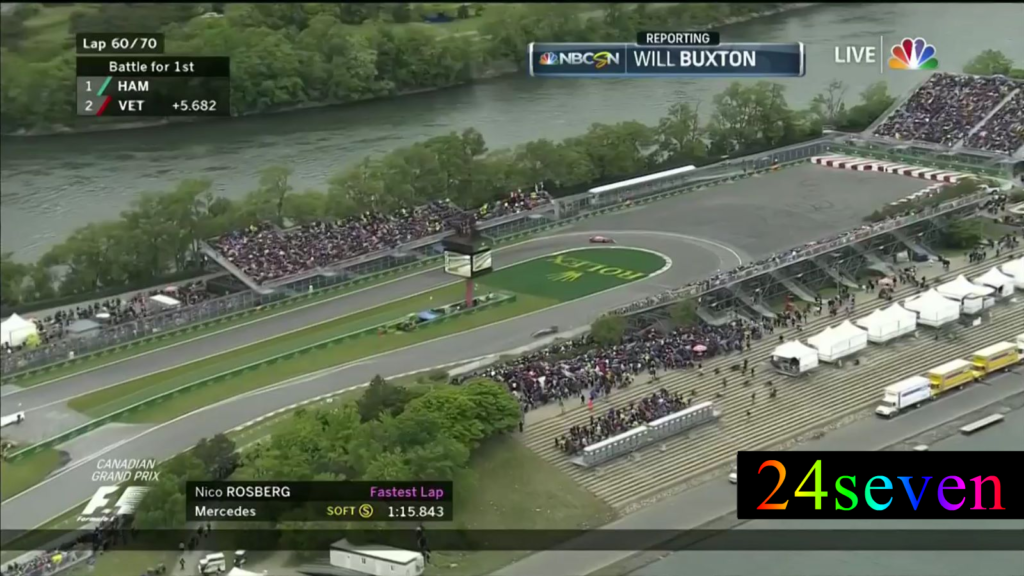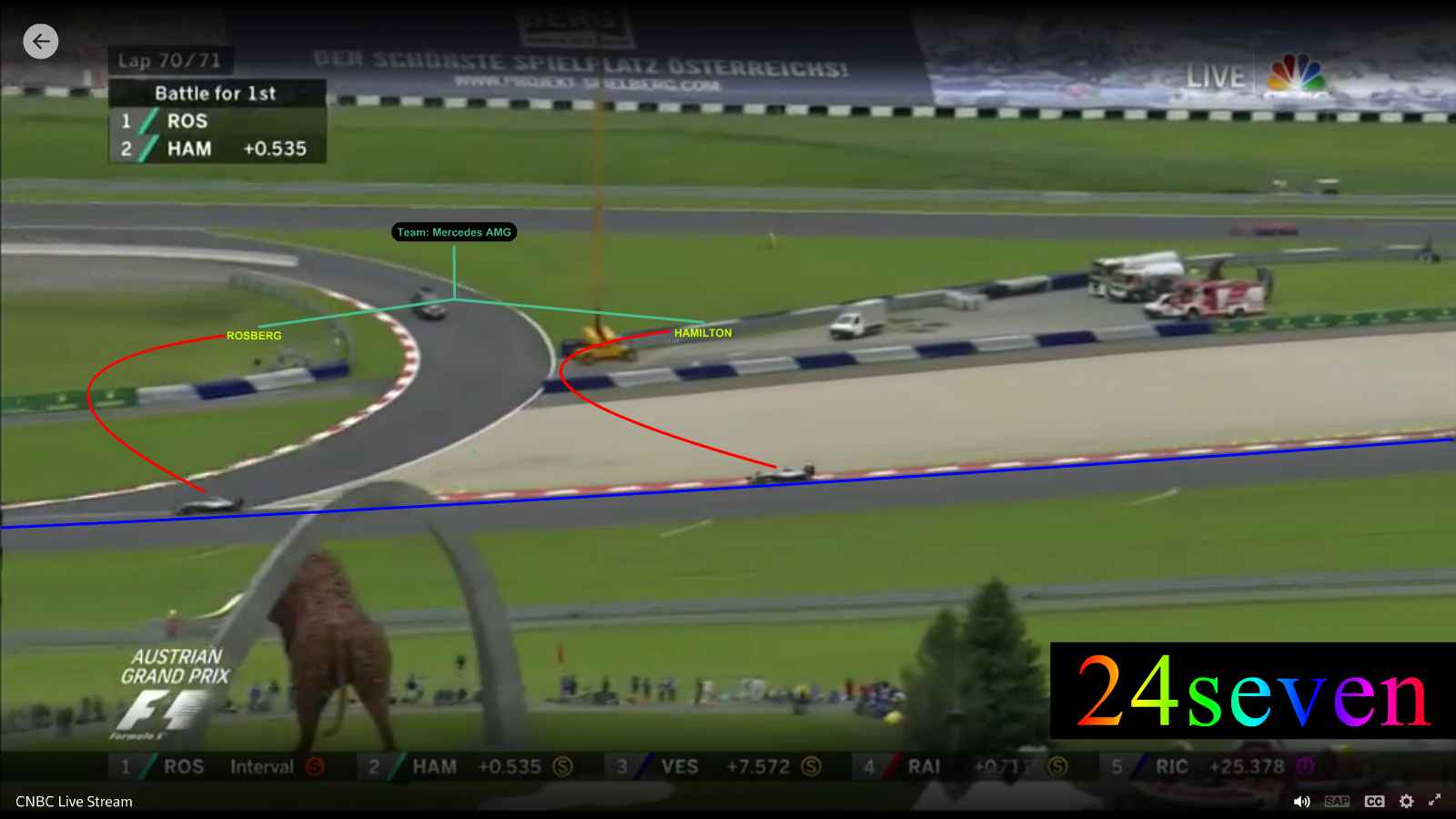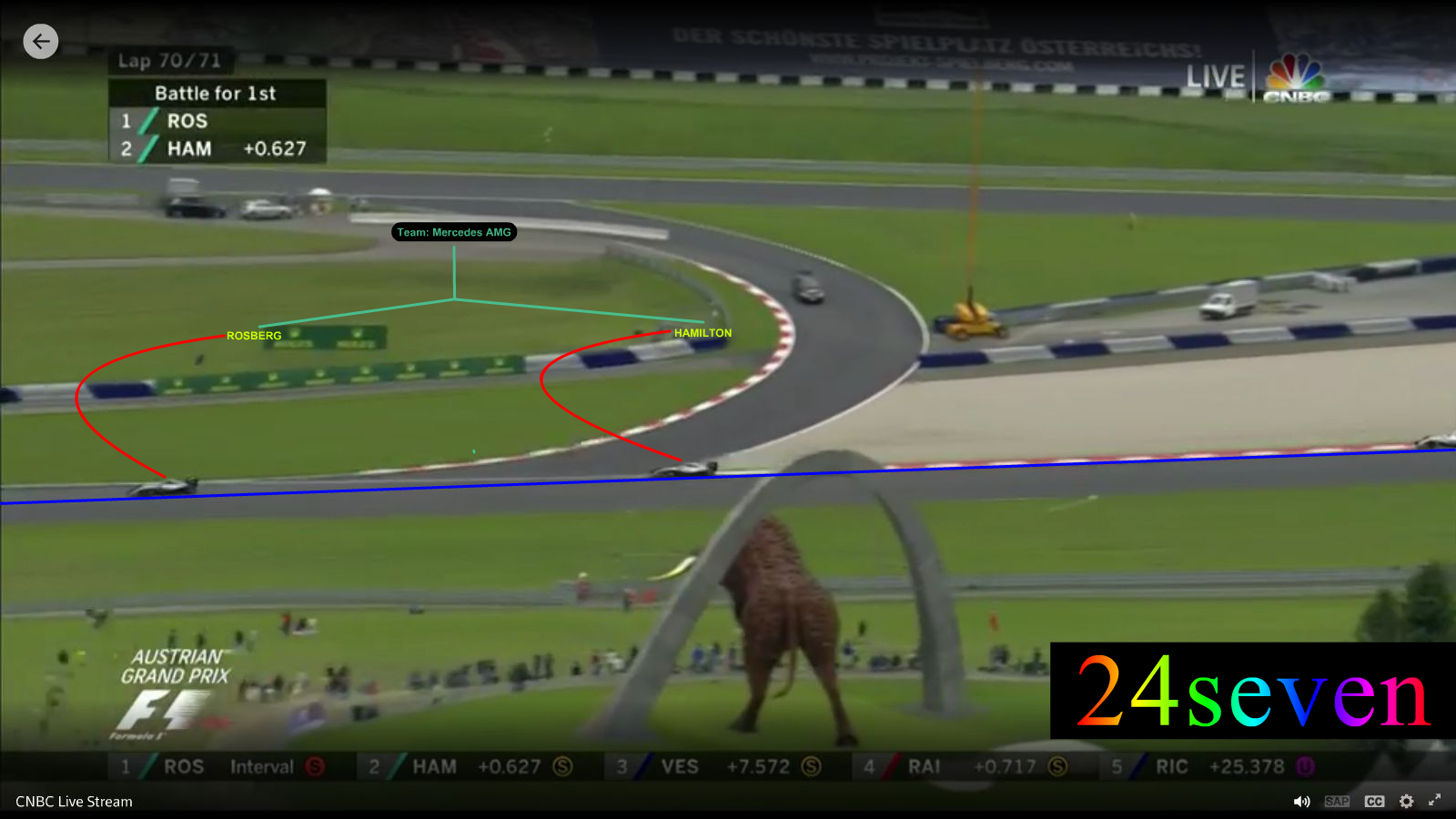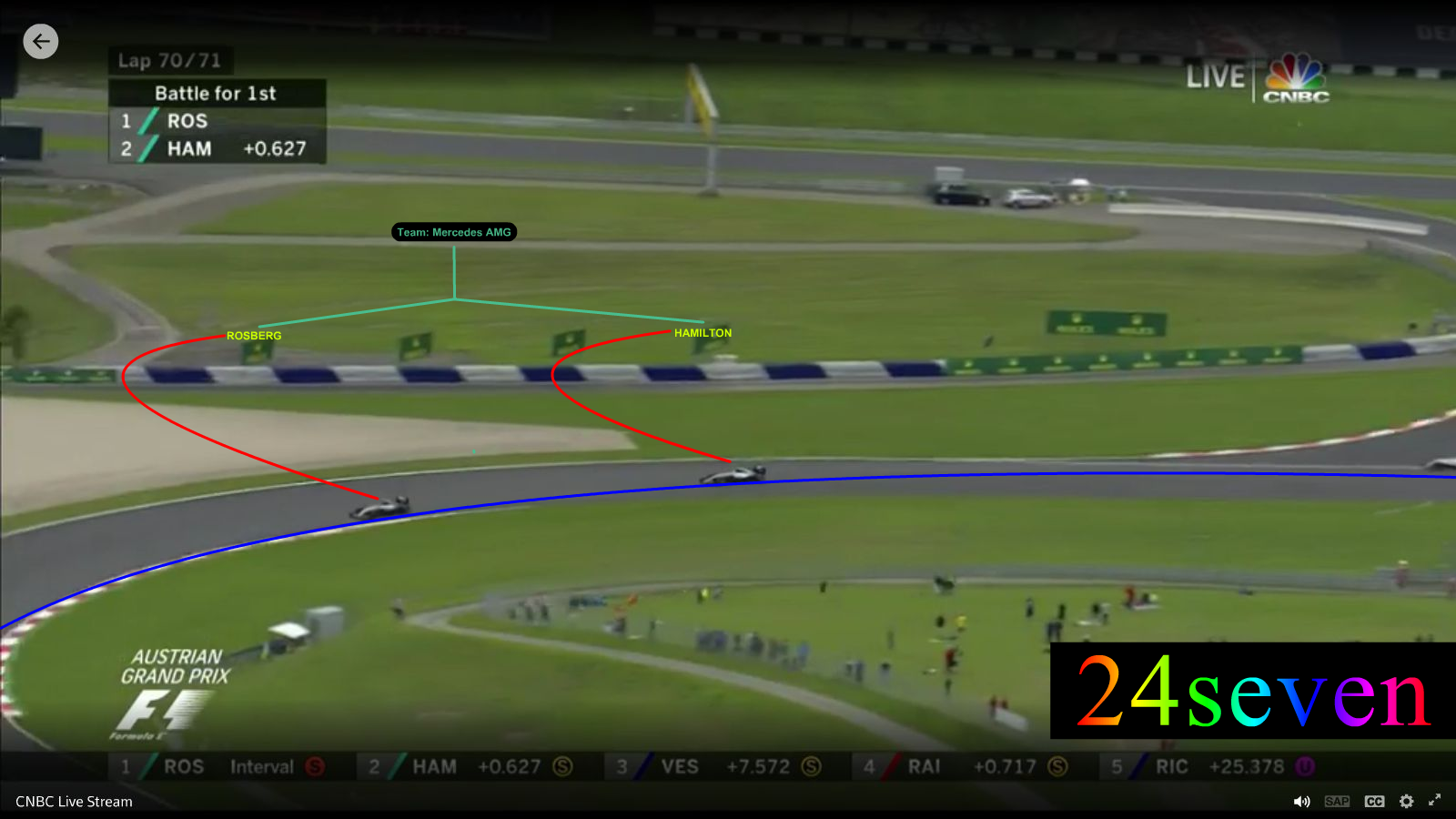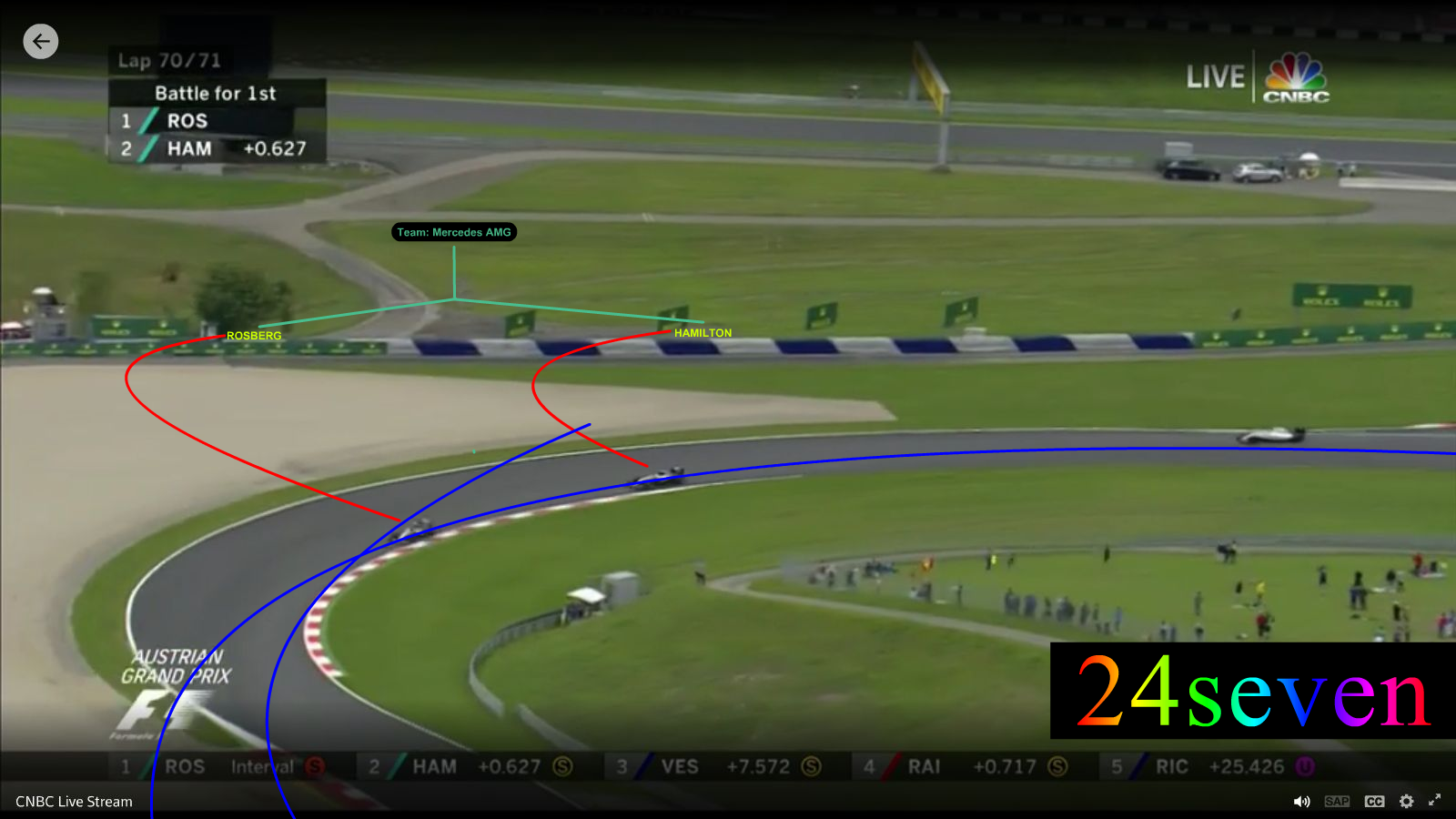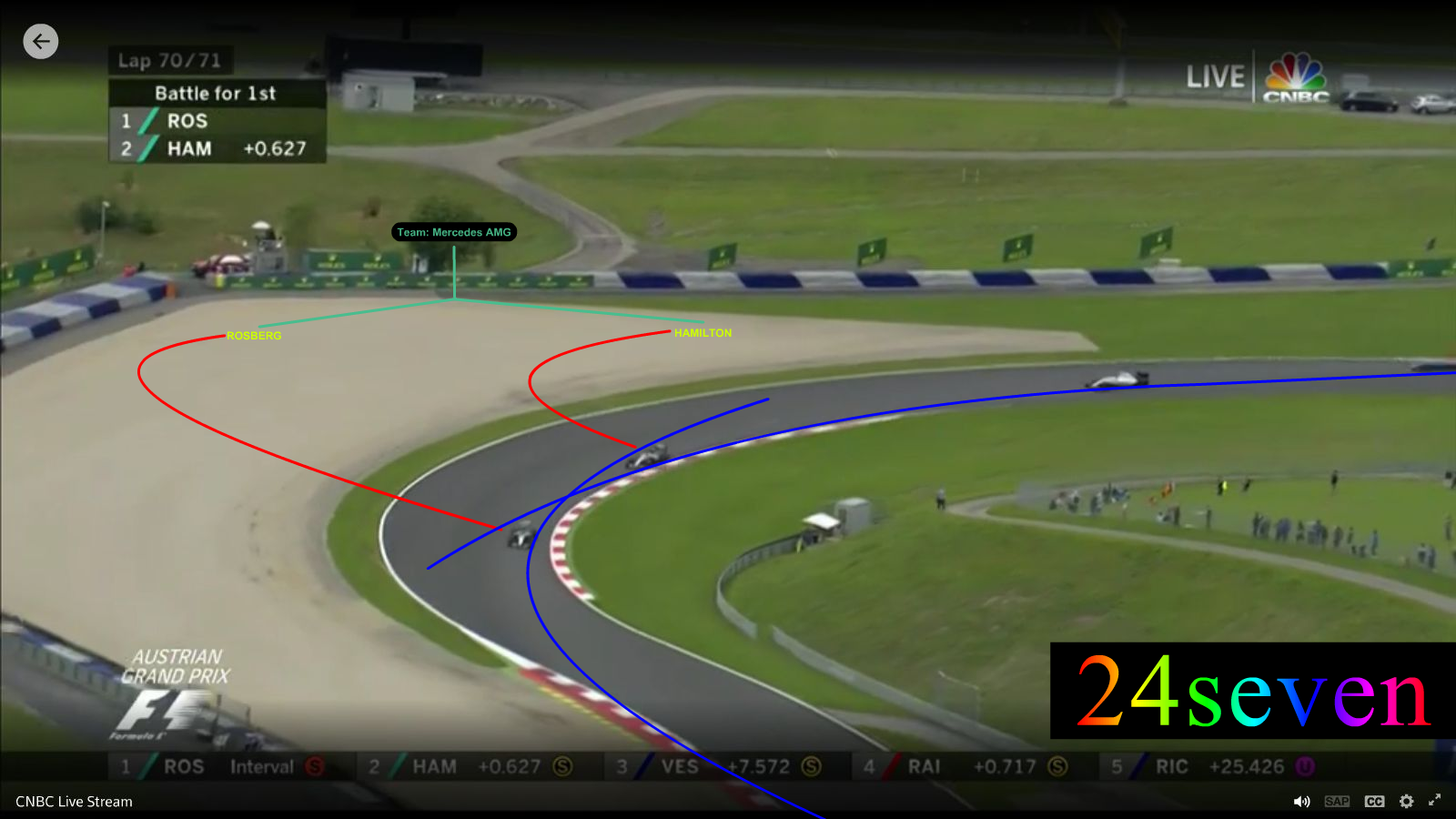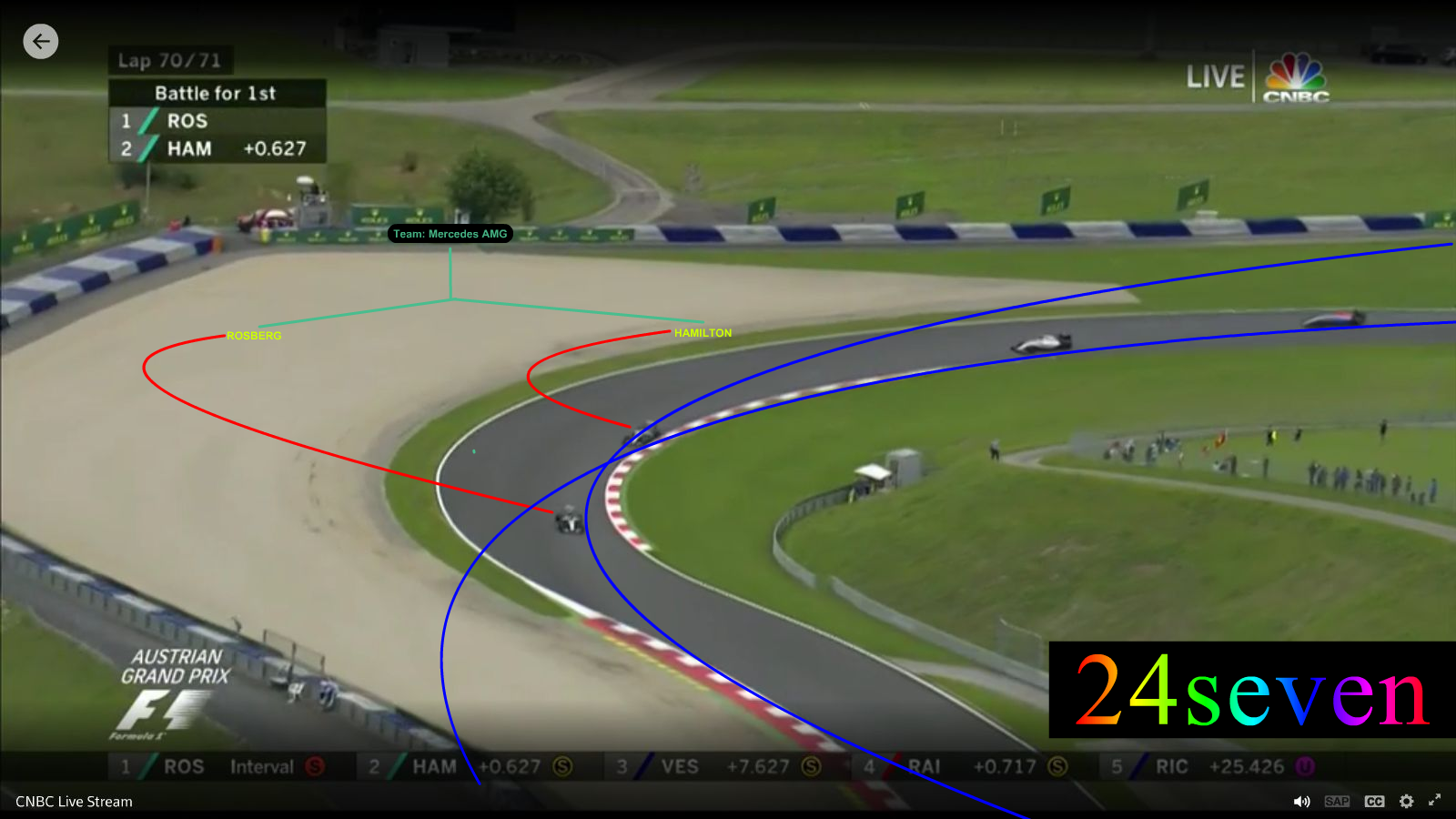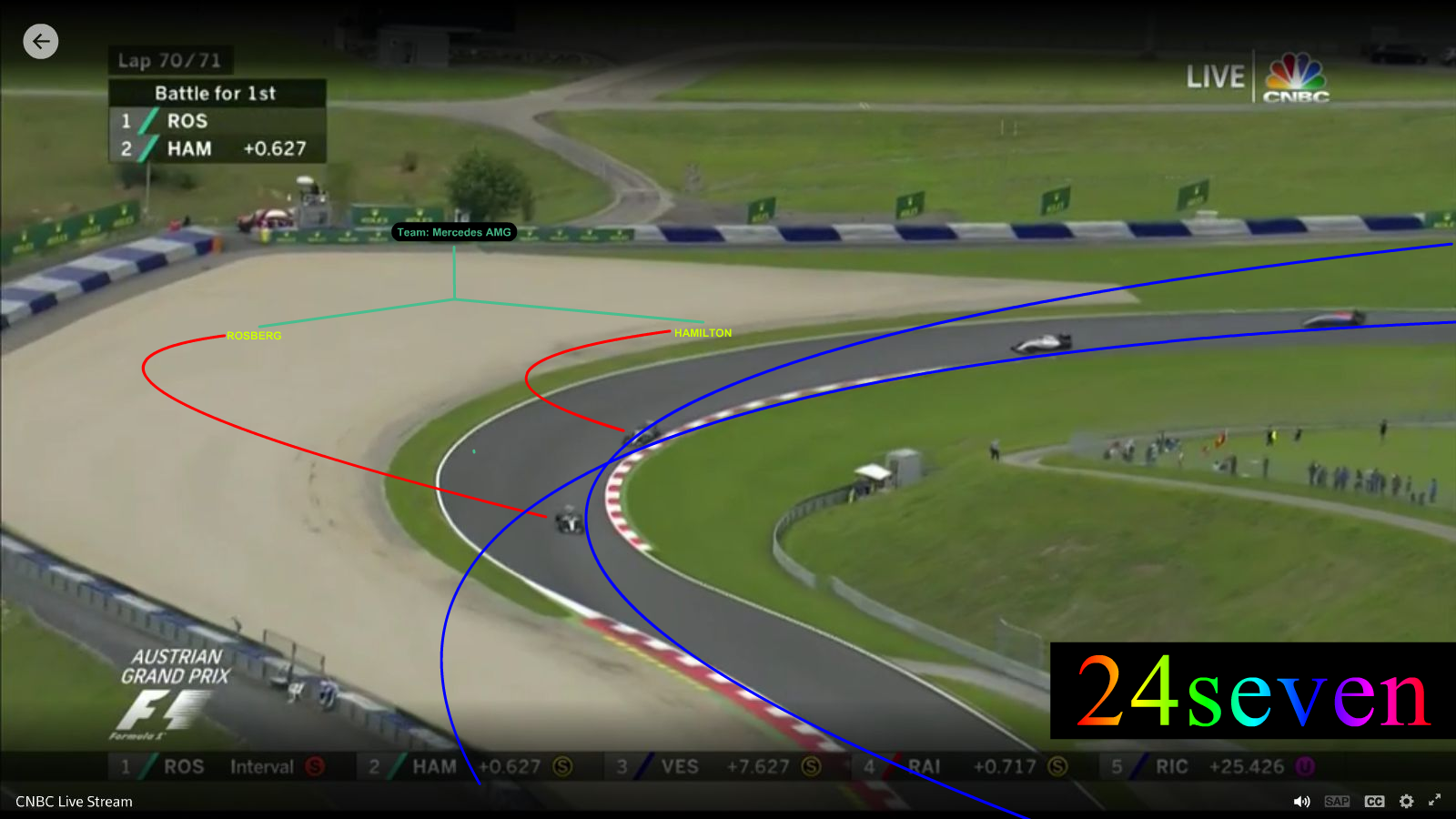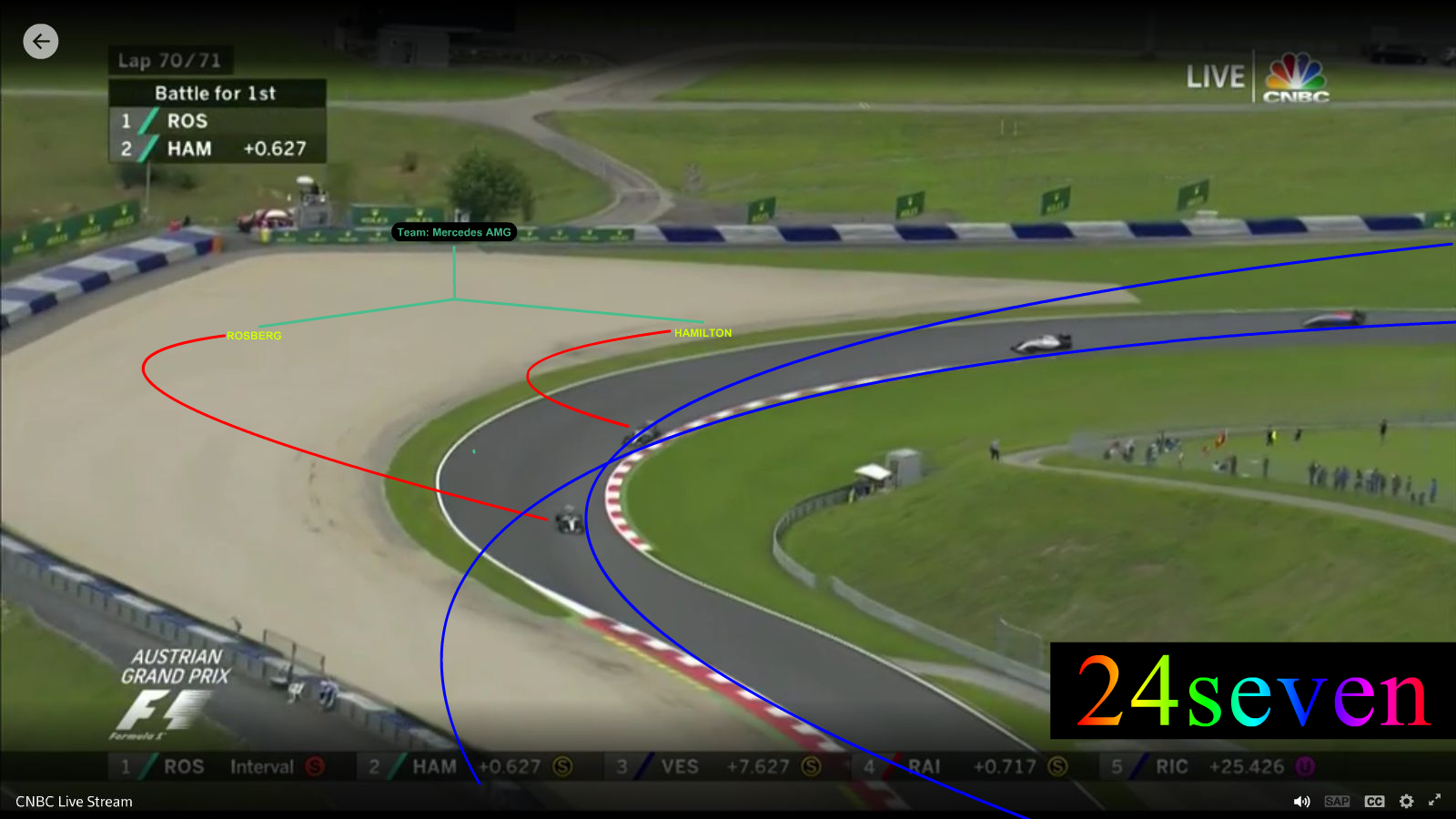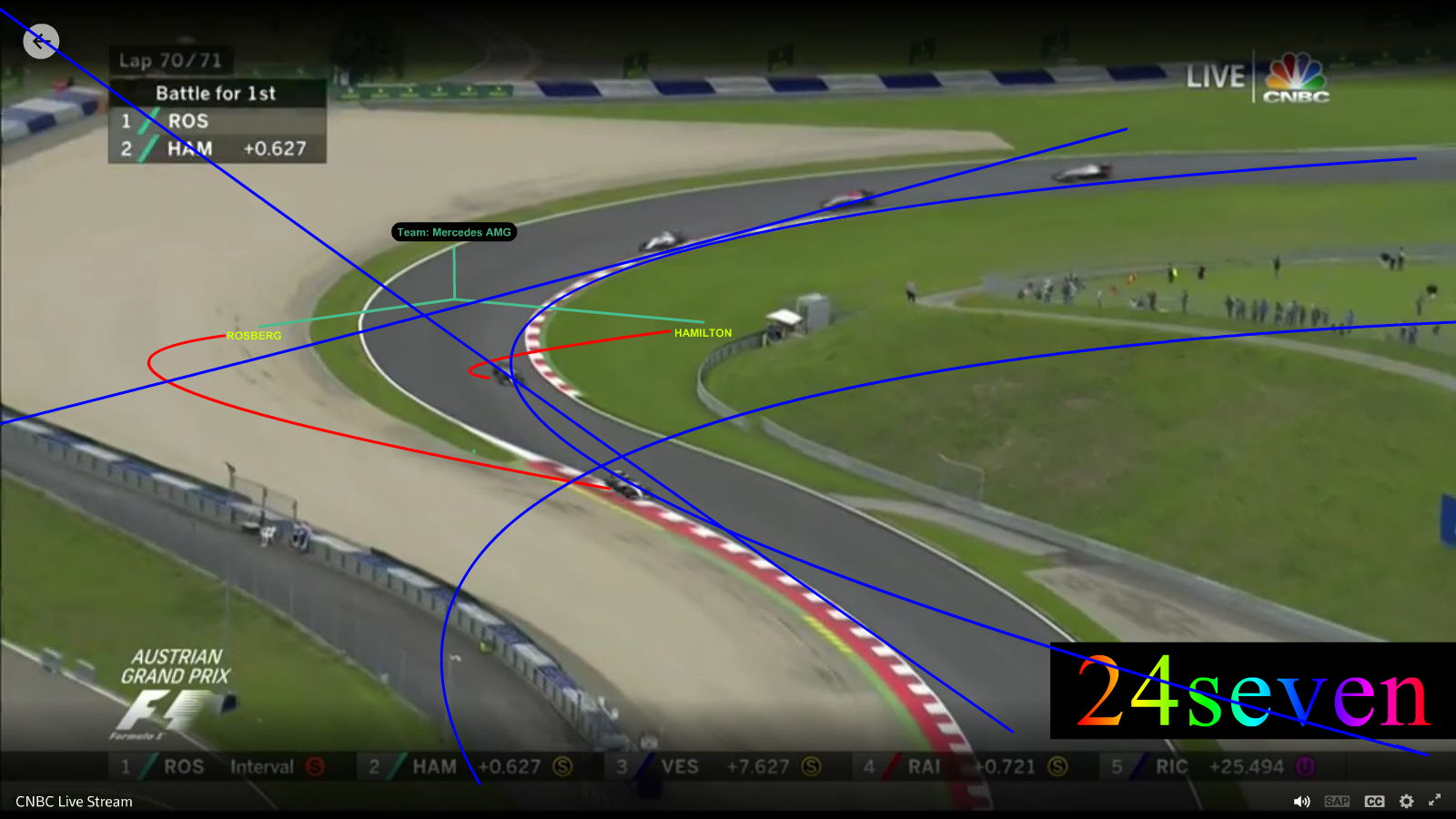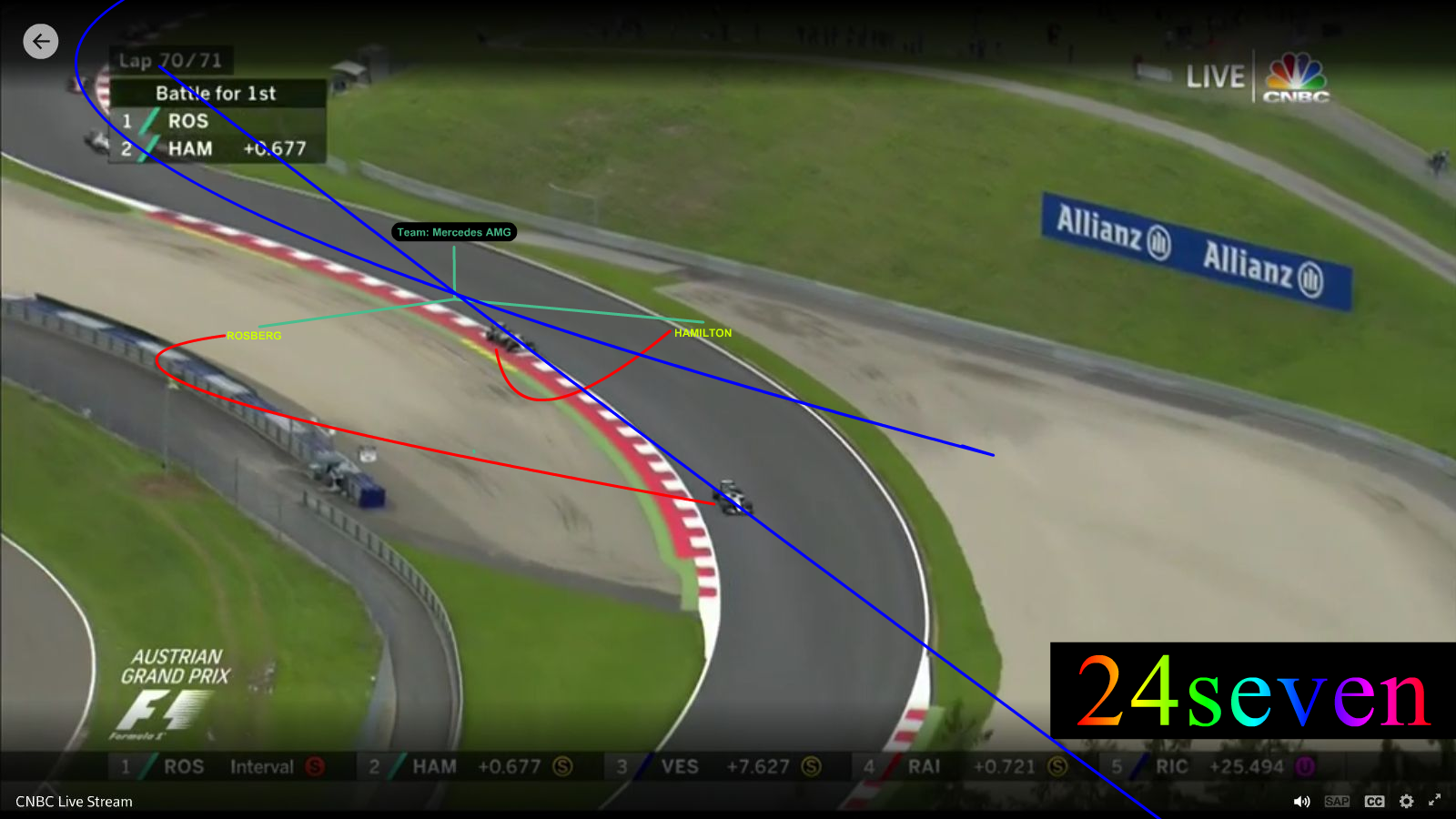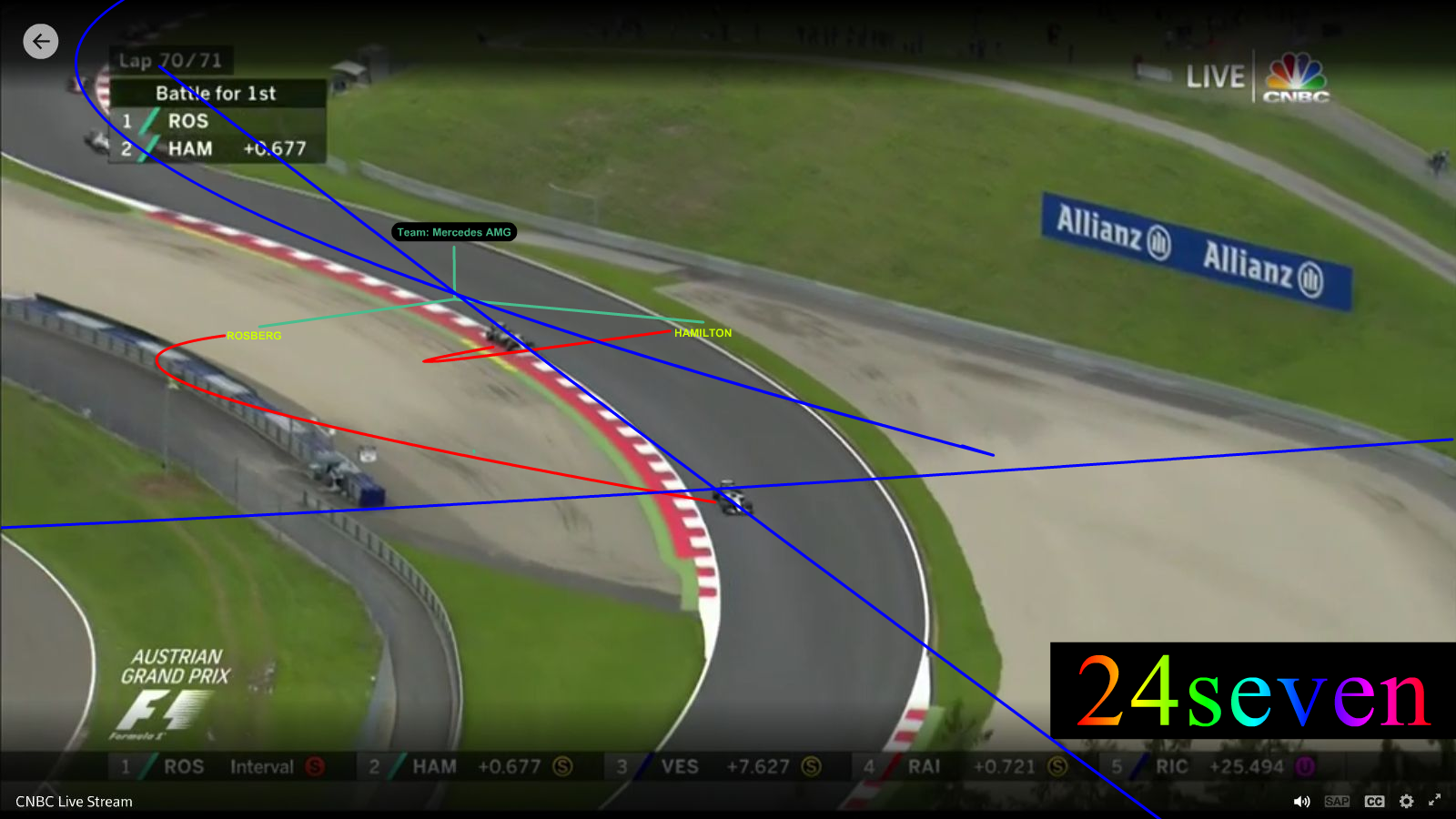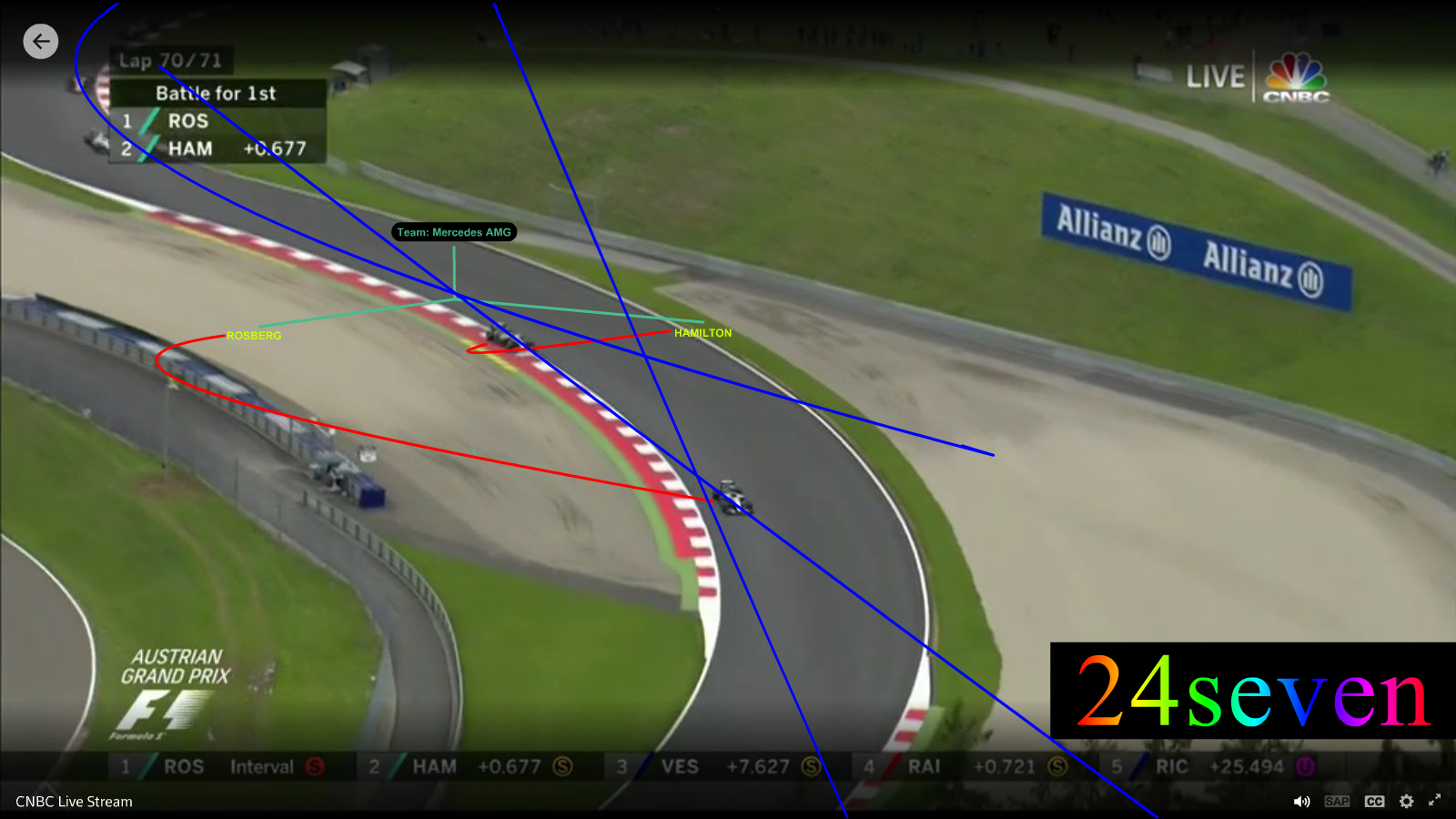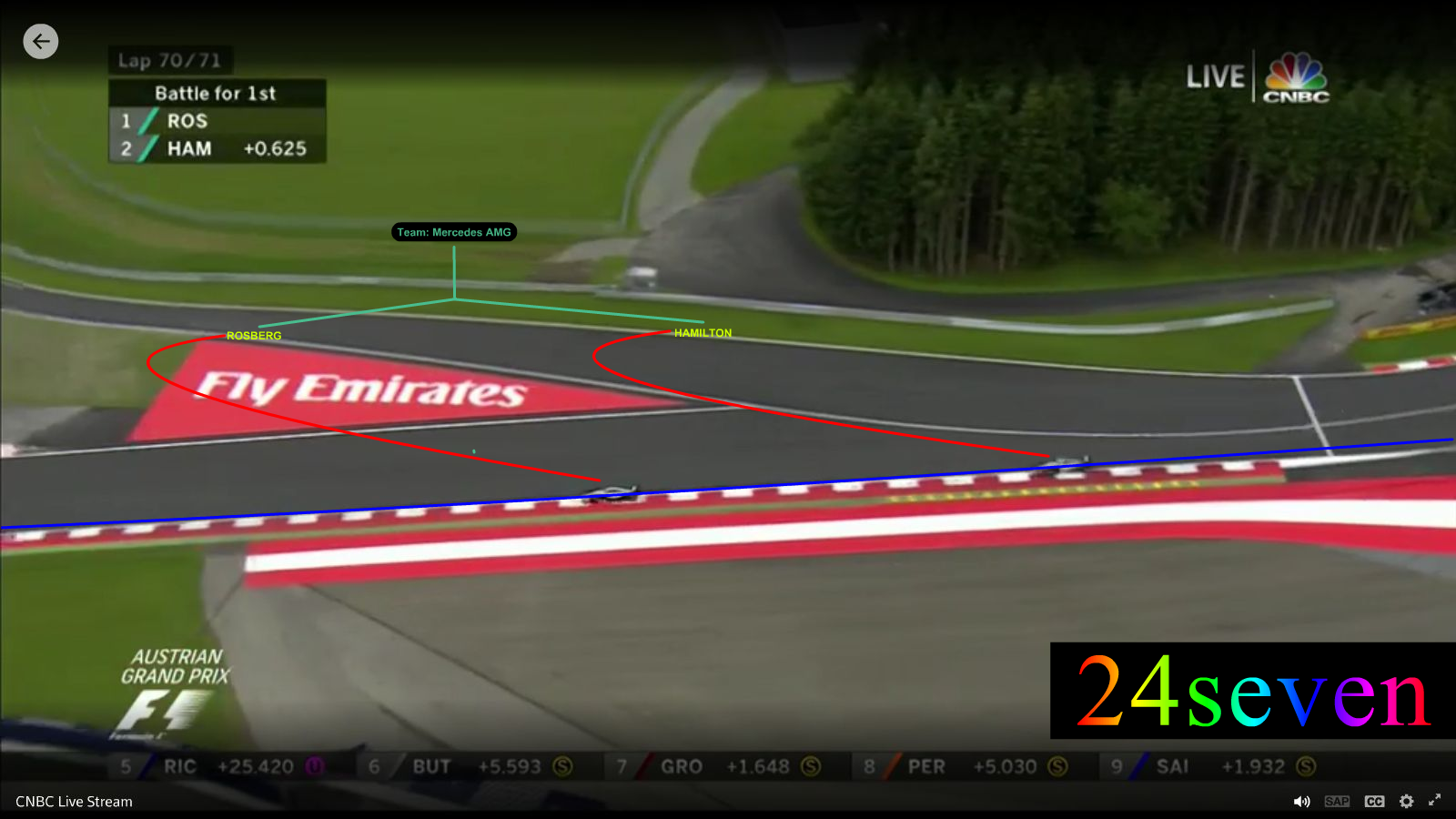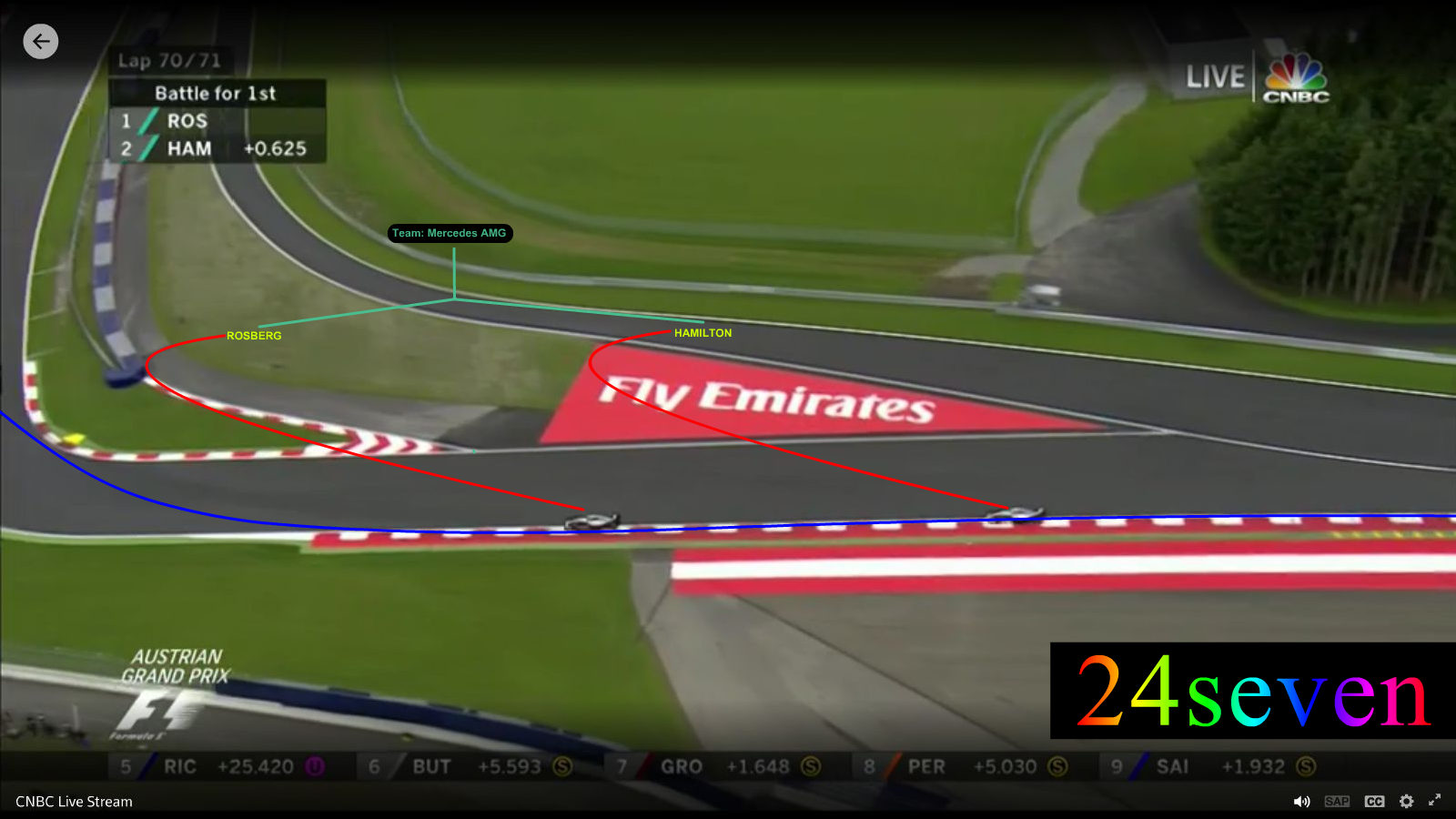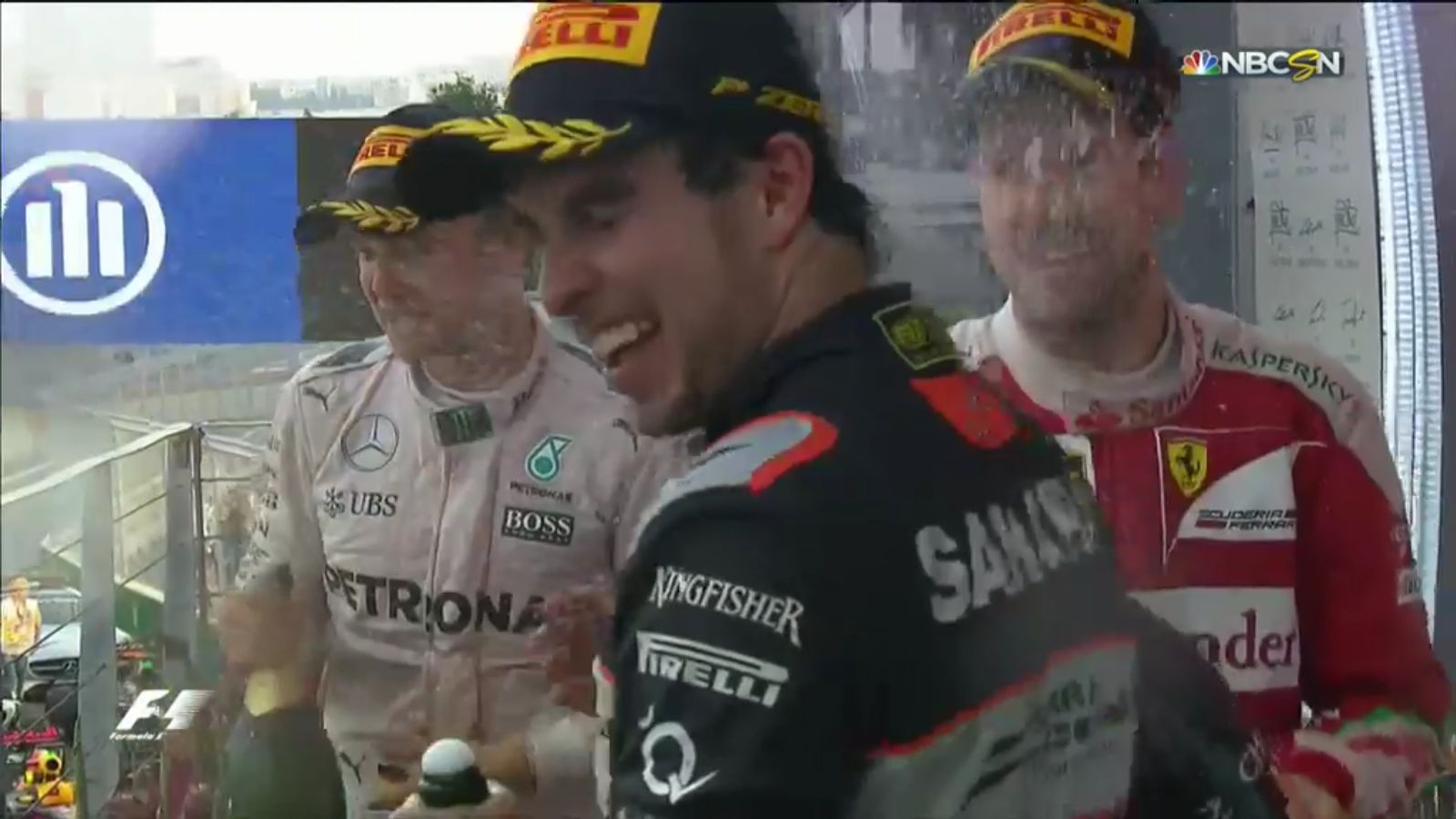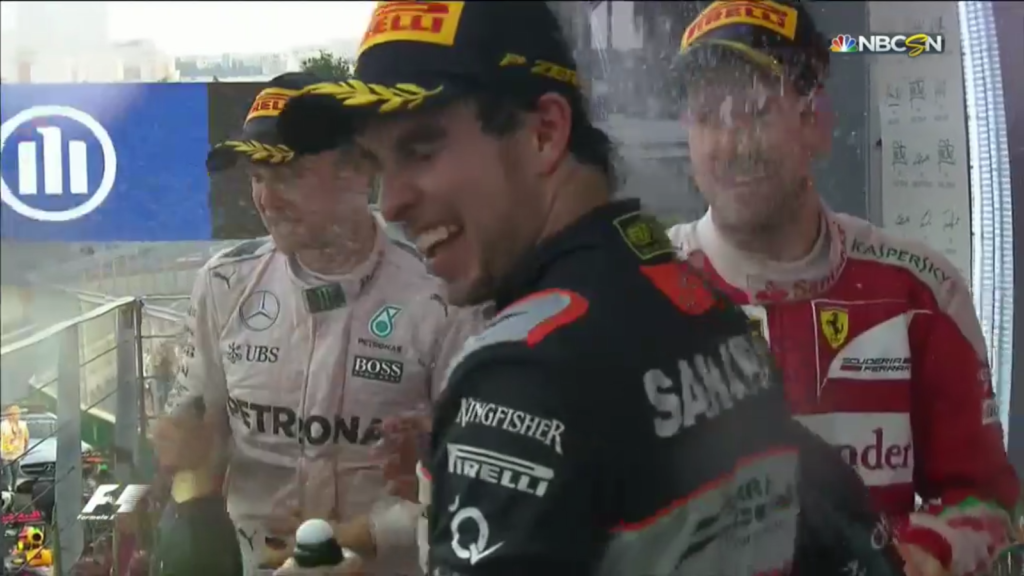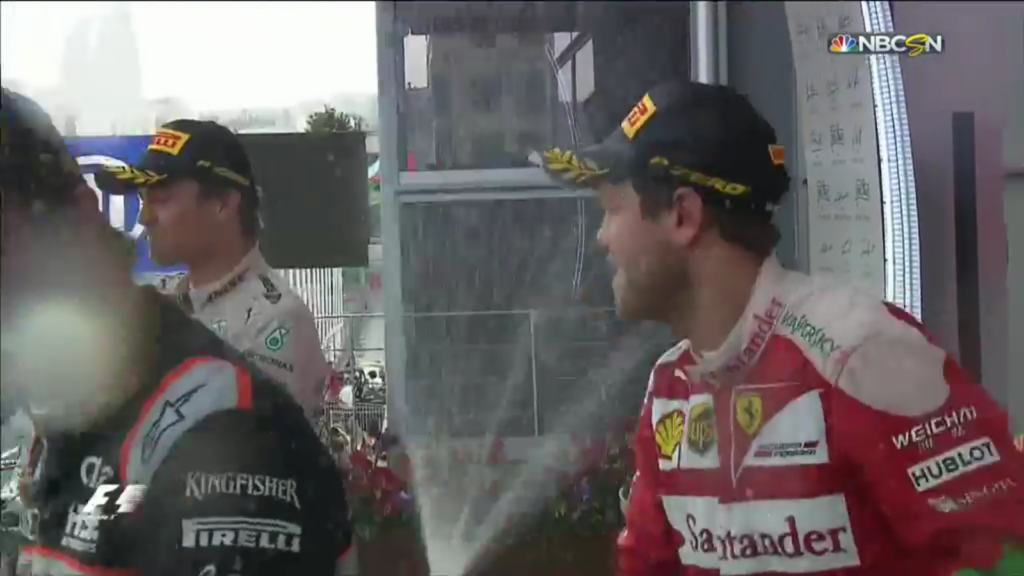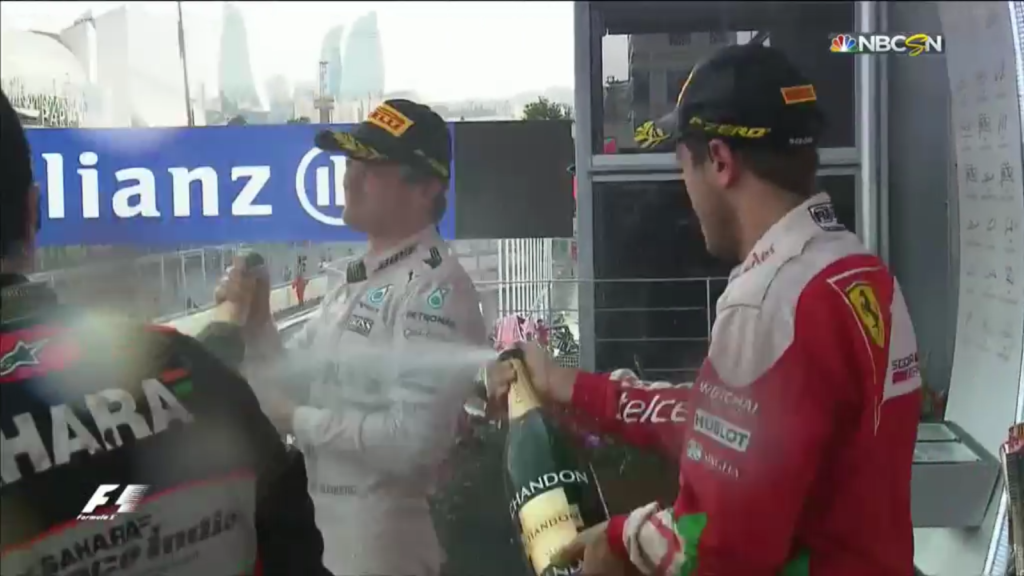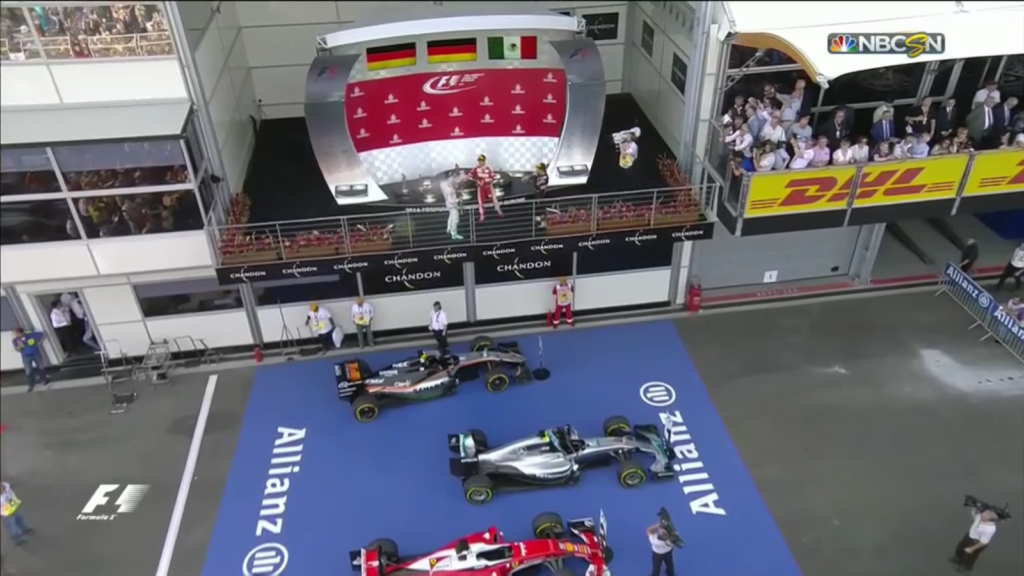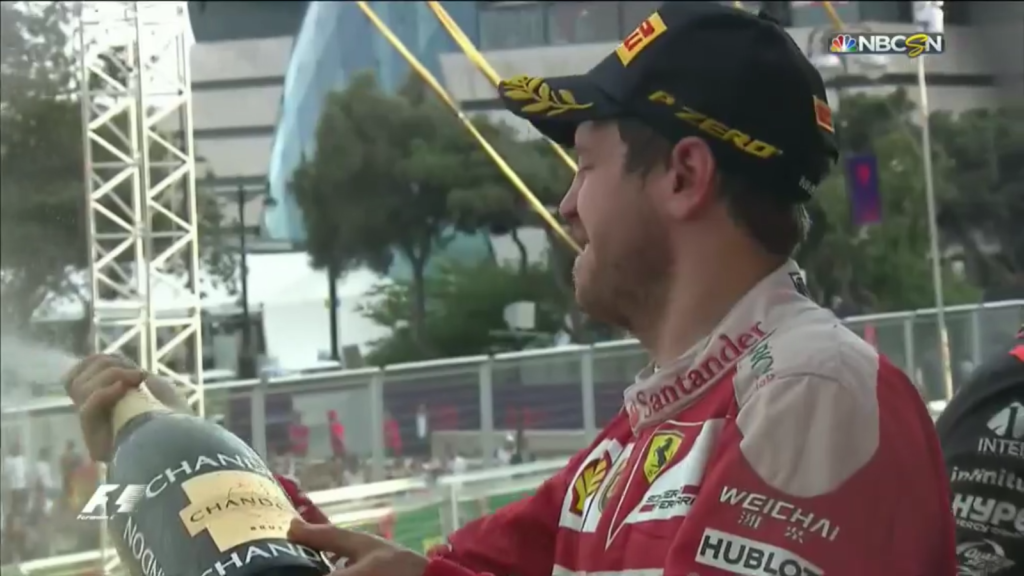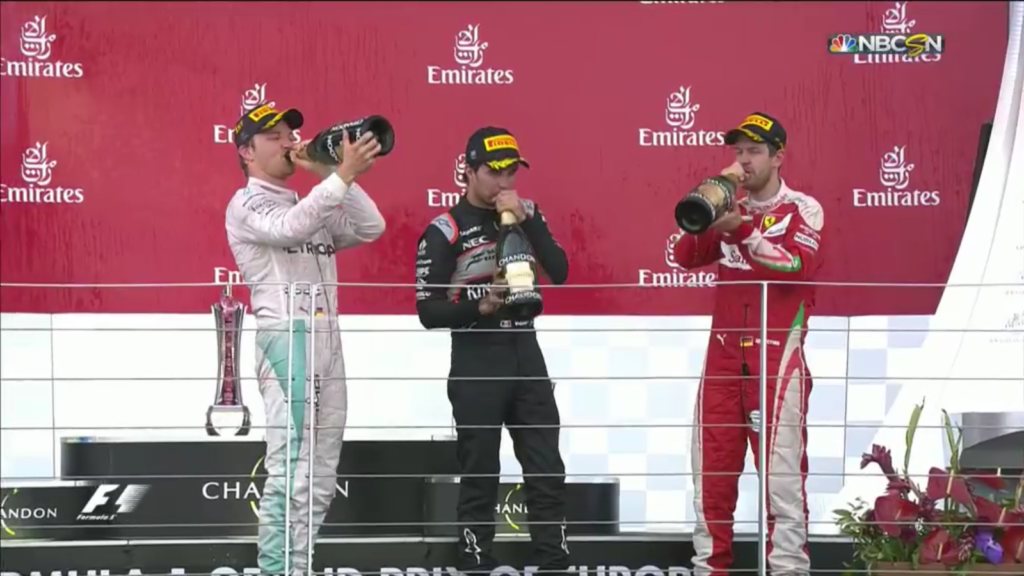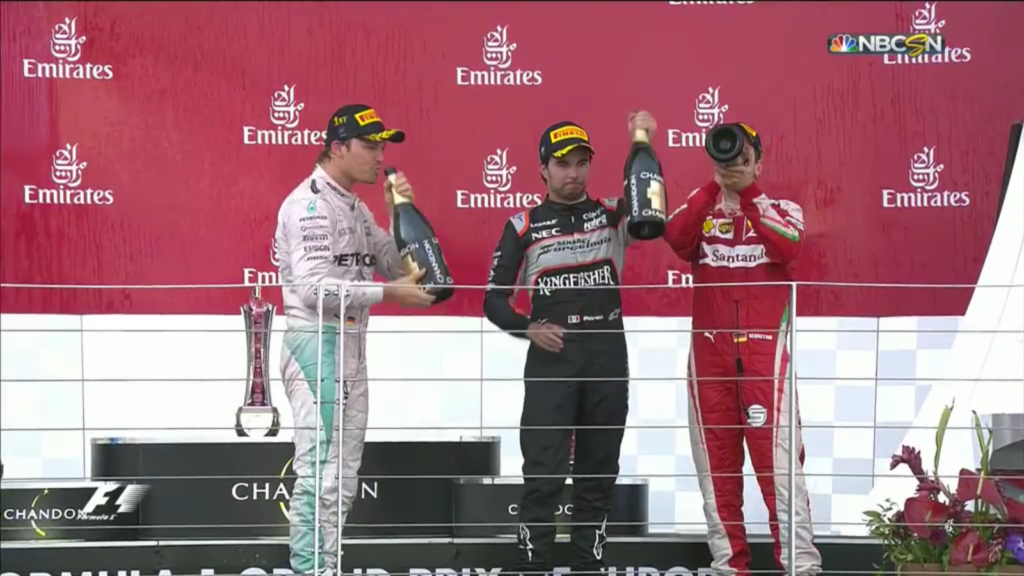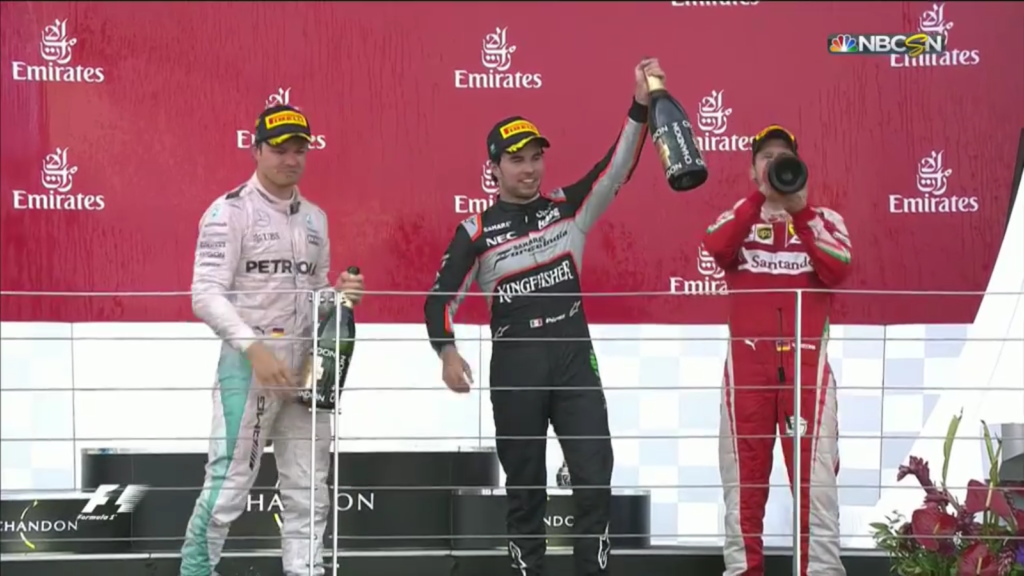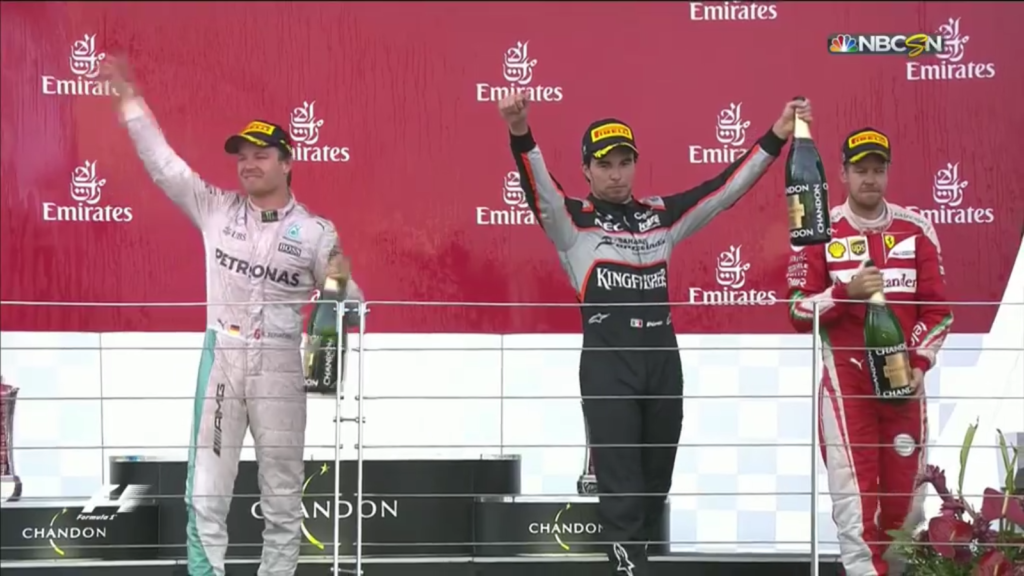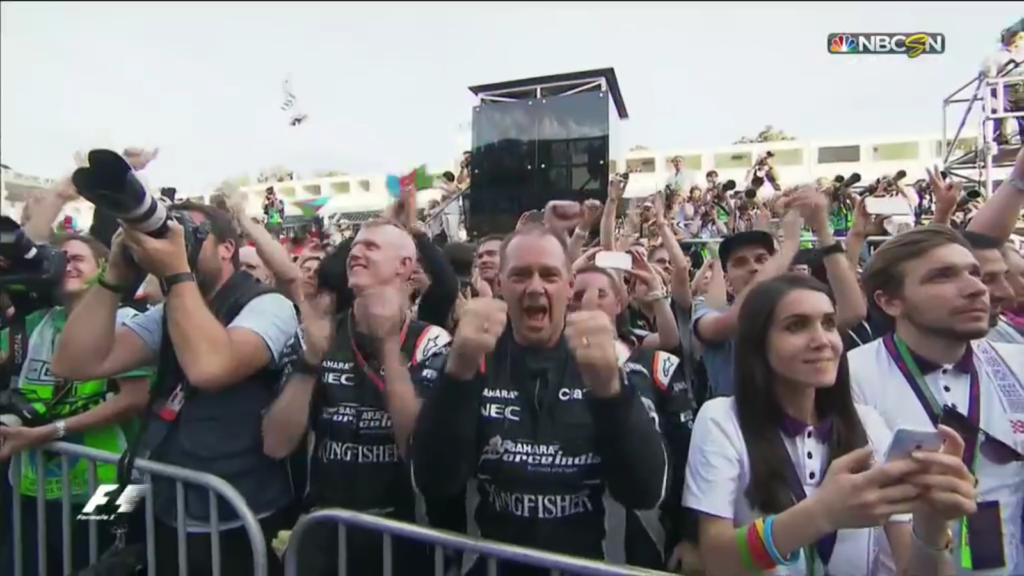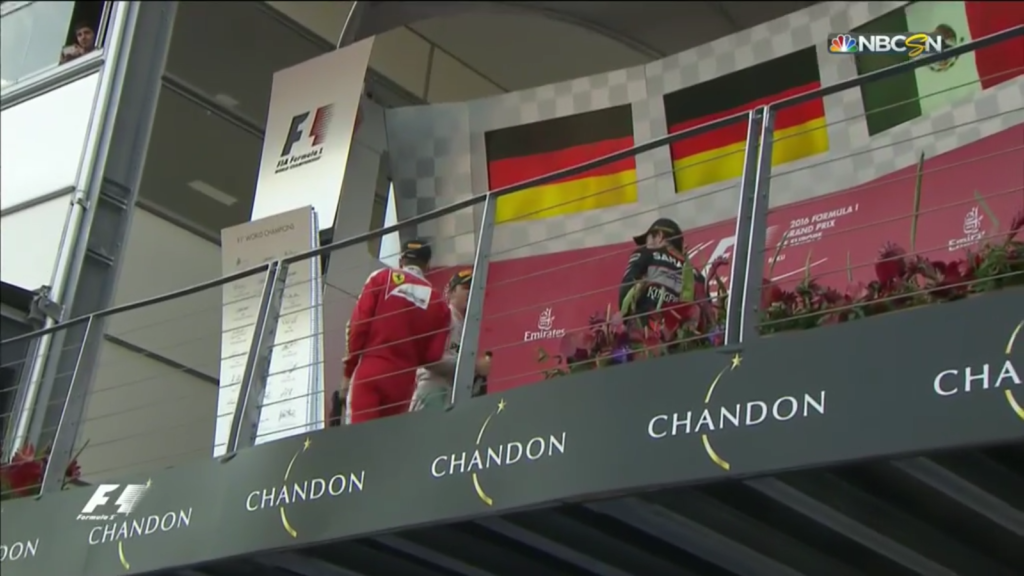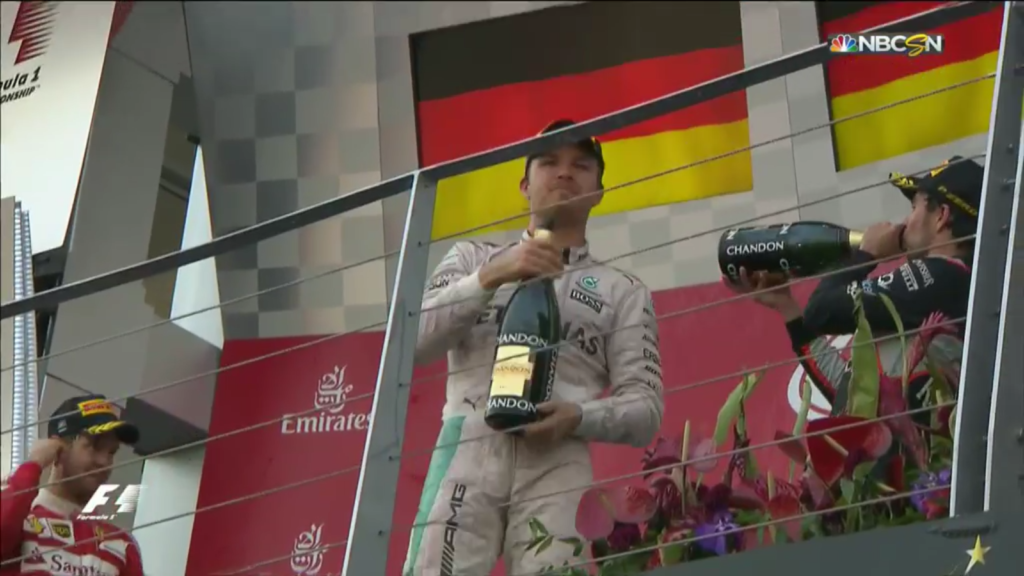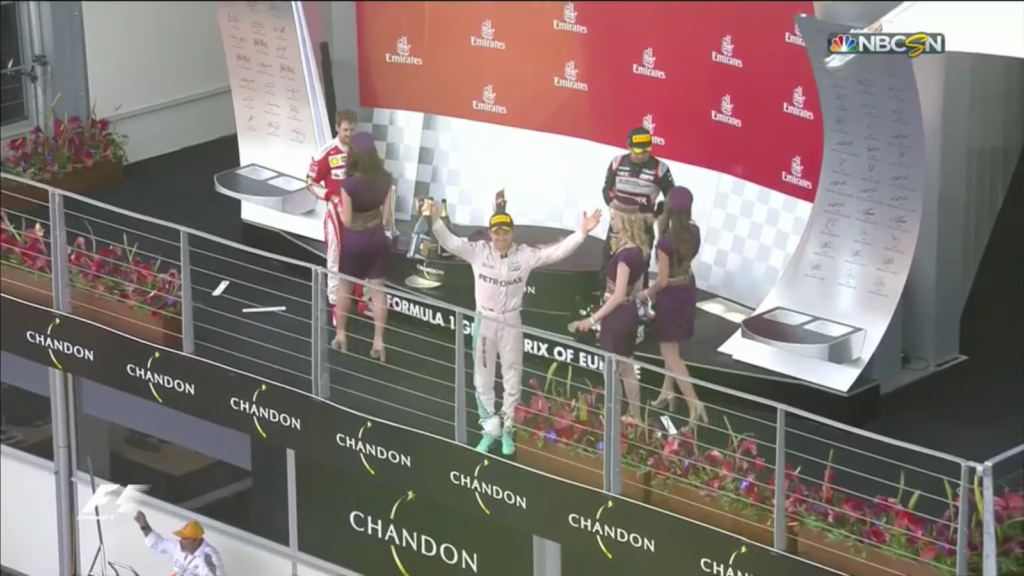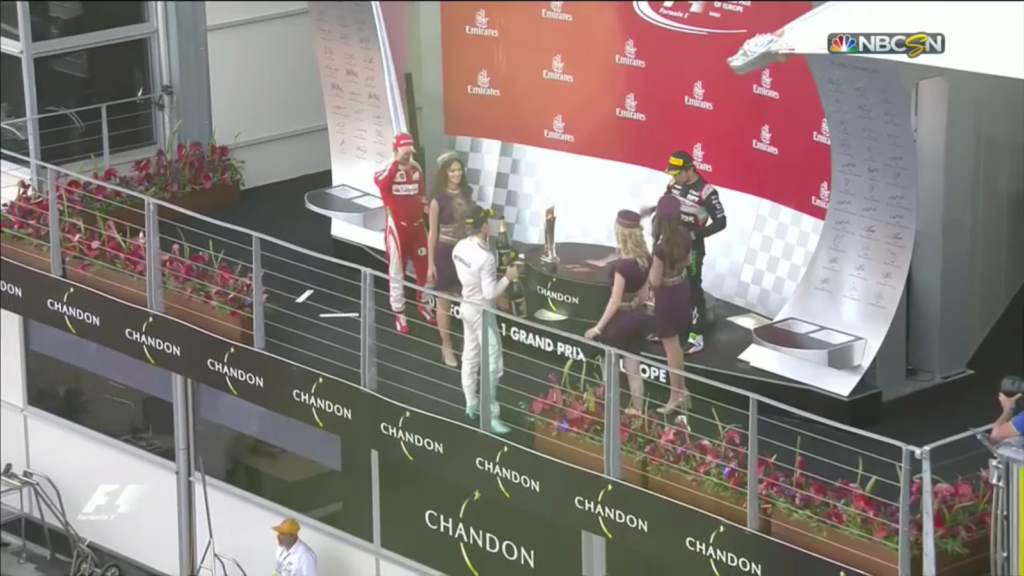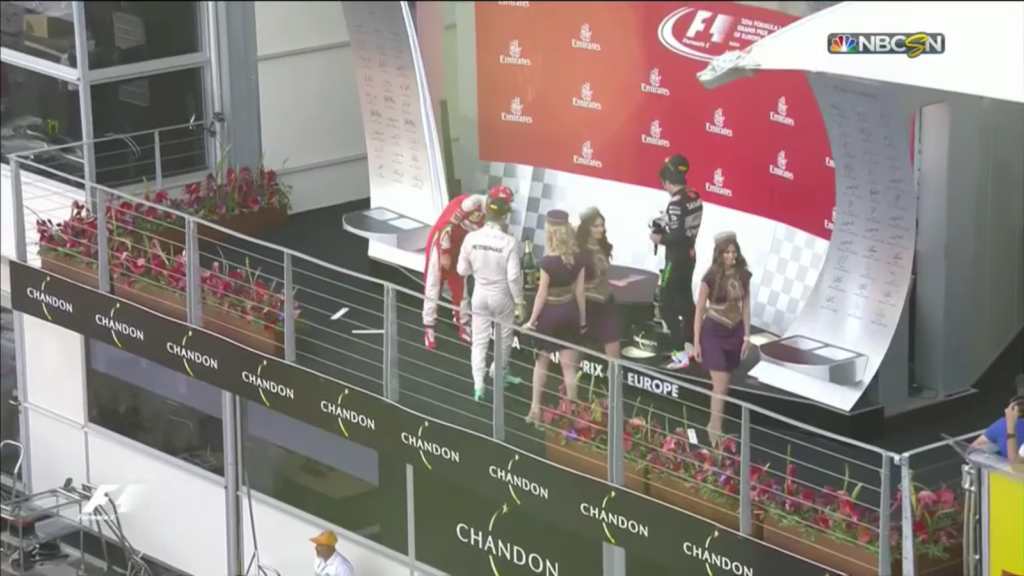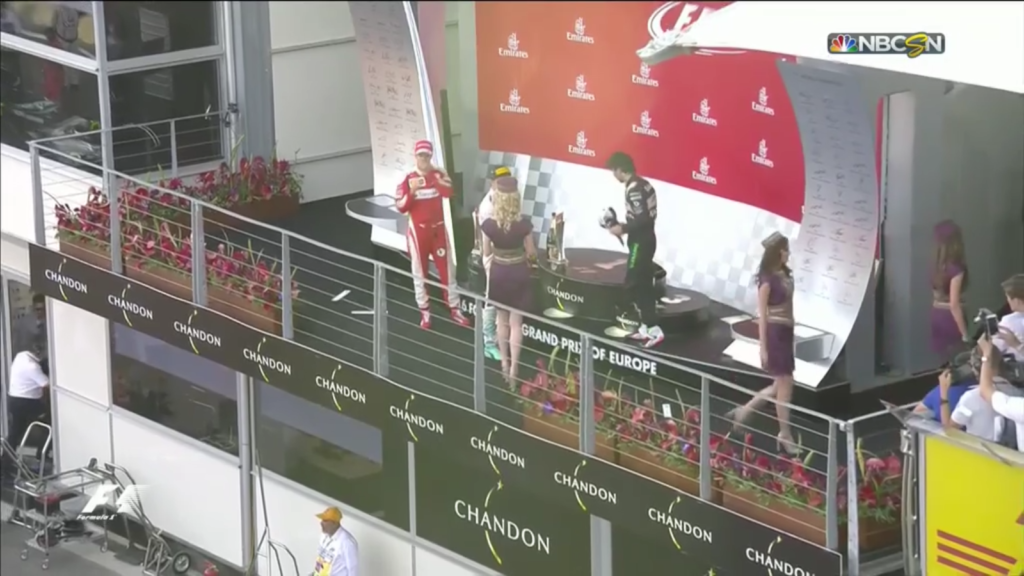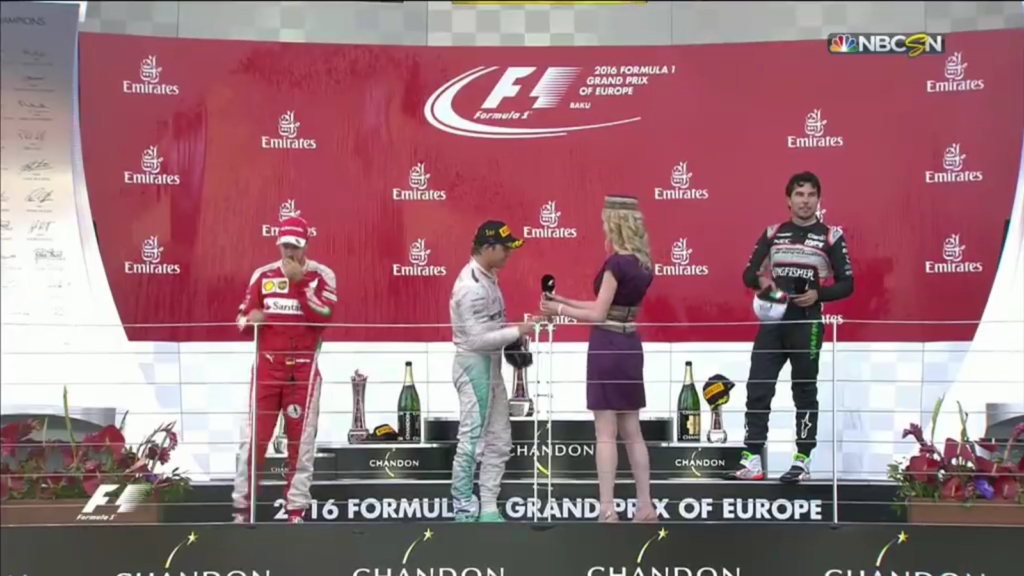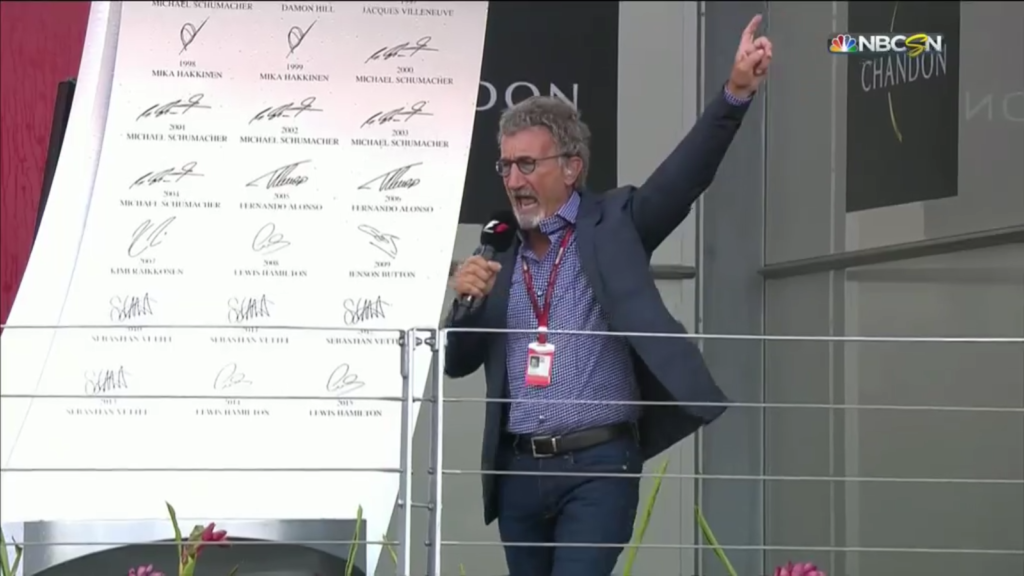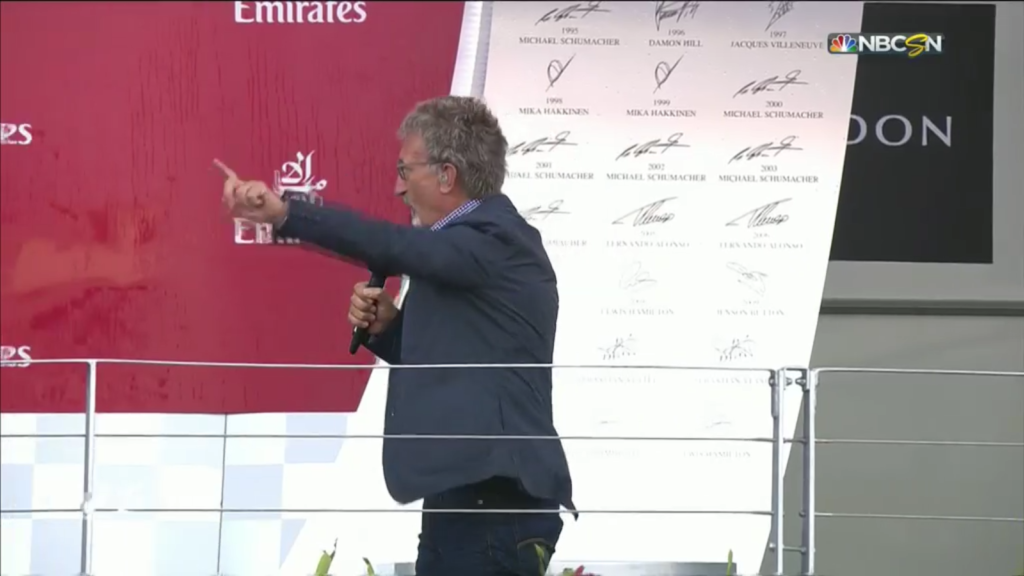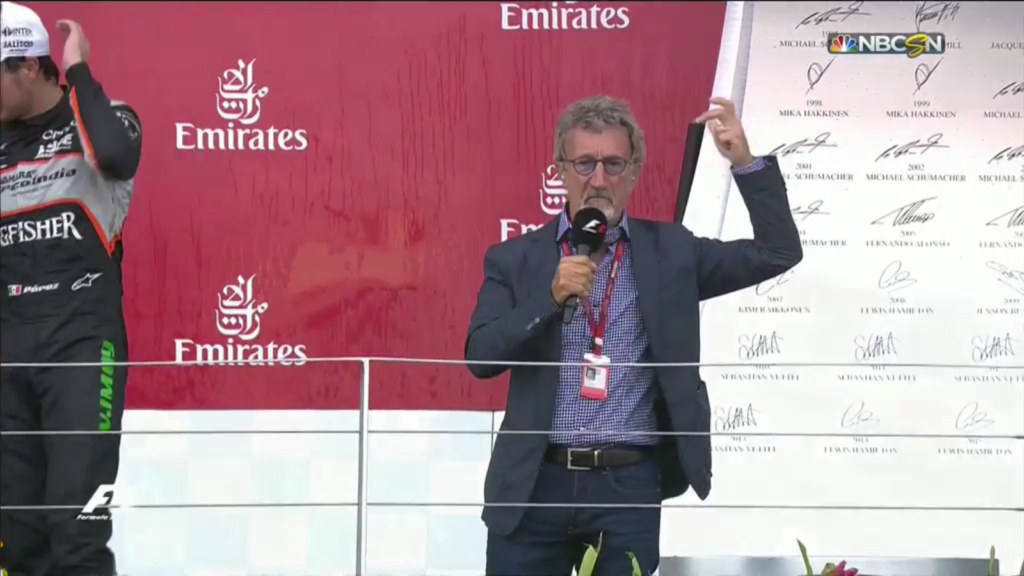WHEN IT’S TIME TO CHANGE FROM SLICK TO WET TYRES IN FORMULA 1 | The Racing Spot - Pirelli
It’s funny to think that an entire Formula 1 car ¬is entrusted to just a few square centimetres of rubber gripping the asphalt. Looking at the whole field of 20 cars, that roughly adds up to around eight square metres and 700 kilograms of advanced technology fighting the laws of physics, courtesy of Pirelli’s tyres. Here’s how it all works, in theory and in practice. Centrifugal force --read more--
May 7, 2019 | F1: Beyond The Grid
38. James Allison: "For an engineer, F1 is an unending work of invention and skill"
F1: Beyond The Grid interviews Mercedes-AMG's engineer James Allison gives some amazing insight into what it's like for him to be a top engineer on a top Formula 1 team more than once.
July 3, 2018 | F1: Beyond The Grid
2. Lewis Hamilton: "F1 has given me a life - but it's also broken me"
F1: Beyond The Grid interviews Mercedes-AMG's driver Lewis Hamilton like you've never heard him before.
DRS (Drag Reduction System)
To help increase the competitiveness of the races in Formula 1 each car is fitted with a Drag Reduction System (DRS). The DRS is fitted under or behind the rear wing. The system works like the flaps that are mounted on the wings of planes that, upon landing, are put in the up position to help reduce the speed of the plane by increasing the drag, i.e. air resistance. On current Formula 1 cars the normal position for the DRS is closed. At certain, predetermined points on all Formula 1 race tracks/circuits the DRS is allowed to be in the open position; while in the open position the drag on the cars is reduced. The DRS is used to help facilitate passing. For example, car 2 is trailing car 1 and is starting to close the gap with car 1. When the cars reach a designated DRS zone, if car 2 is close enough to possibly overtake car 1 DRS will be put in the open position to allow car 2 to lunge forward, due to the reduced air/wind resistance. If the trailing car is close, but not close enough to overtake car 1, usually, less than 1 second behind, DRS will not be used.
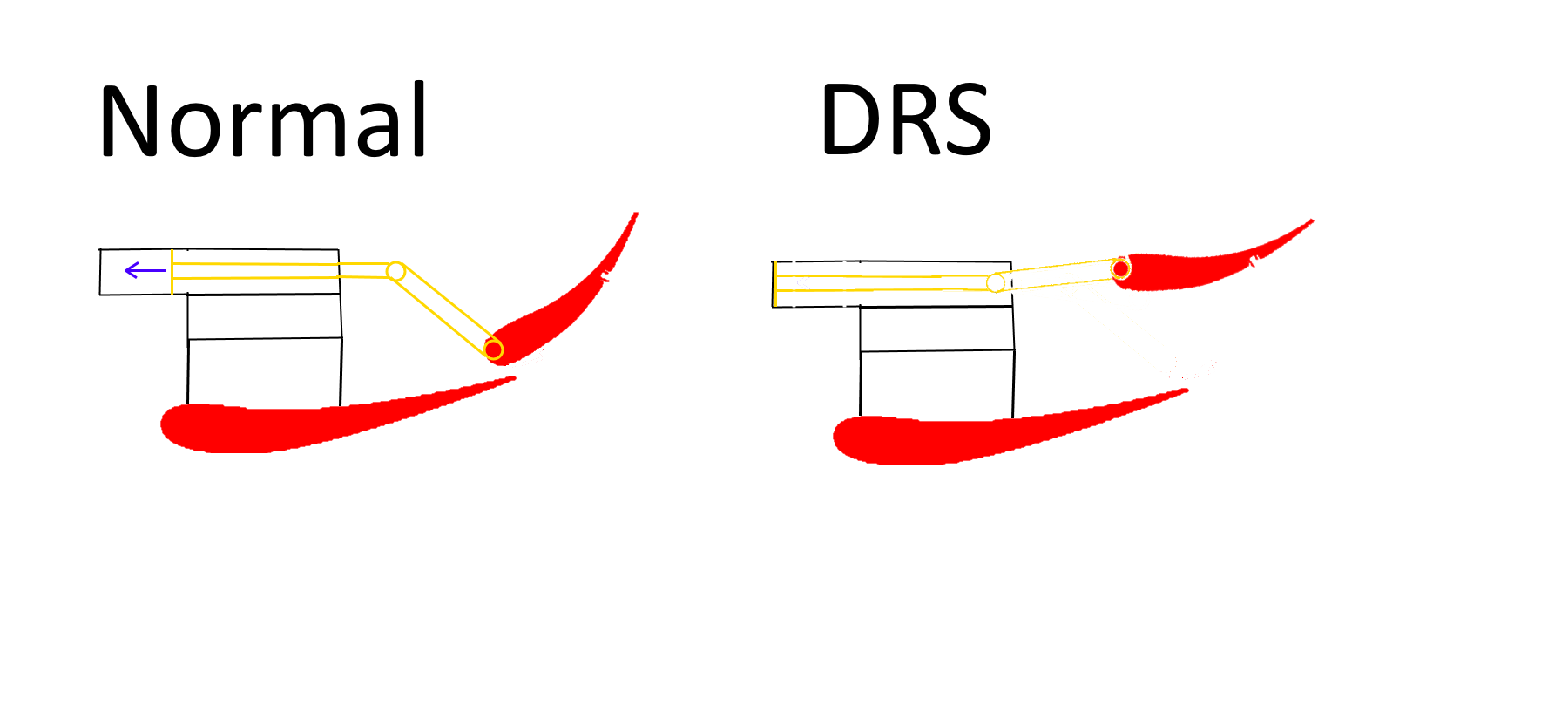

Tires
Here's an excellent video done prior to the 2018 season on tires. For Formula 1 tires are are of the utmost importance, everything from which compound you use to how quickly your pit stop(s), during a race are performed. Formula 1 races are almost always decided on the rubber compounds being used for a particular race and how well a team uses the tire rubber compounds for a specific race and how quickly the pit crew can change tires during a race. As a rule, multiple tire compounds are assigned for a particular race and during that race the team must use both of the assigned tire compounds at some point during the race. Note: Since a Formula 1 race continues even when the track is wet, in addition to the assigned tires for a race, each team also has two different types of tires for wet track conditions, Intermediates and Full Wets, that have treads patterns designed to dissipate the water on the track.

Pirelli Ultrasofts with the rest of the family for 2016.
There is none; Formula 1 is the highest form of motor racing on the planet; you’re starting at the top. Tires will become interesting to you, very interesting, very, very interesting, you just don’t know. You are starting your learning process at the same time we all are learning about the Ultrasofts.
'Ridin' Dirty'
In most motorsports, air, air quality and air movement play important roles and with Formula 1, as with a lot of things Formula 1, even more so than with other forms of racing. The areas that are most often referenced as being 'dirty' are the track and the air.
The Track
Usually, when there is a reference to the track being dirty it's pointing to the little 'ball bearings' the small pieces of worn tires that accumulate throughout the course of the race in the areas of the track where the cars don't, won't, can't drive. Another reference is debris on the track most of the time when debris is discussed it's about things on the track that shouldn't be there like parts from one of the race cars or something that blows onto the track.
The rubber ball bearings, from the wear of the tires, is considered normal and the amount that accumulates is based on the circuit, track temperature, tire compounds being used from the race, number of cars still running, etc..
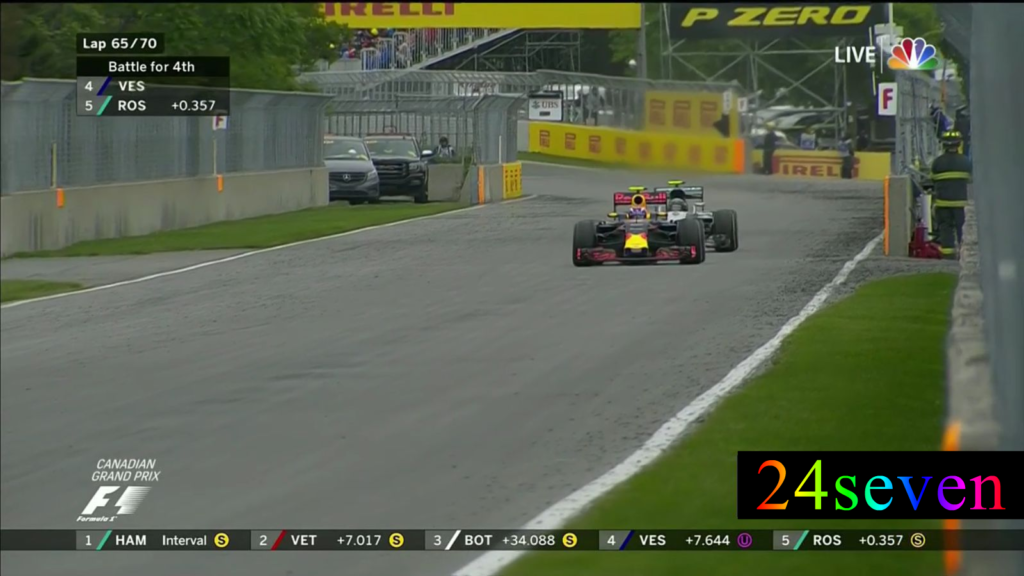
Avoiding the 'dirt' near the end of the 2016 Grand Prix of Canada VERSTAPPEN and ROSBERG take a race 'line' to avoid the rubber ball bearings. To stay in cleaner air, ROSBERG is not following directly behind VERSTAPPEN, the car is staggered and also not following too close as to avoid the turbulent air directly behind the lead car.
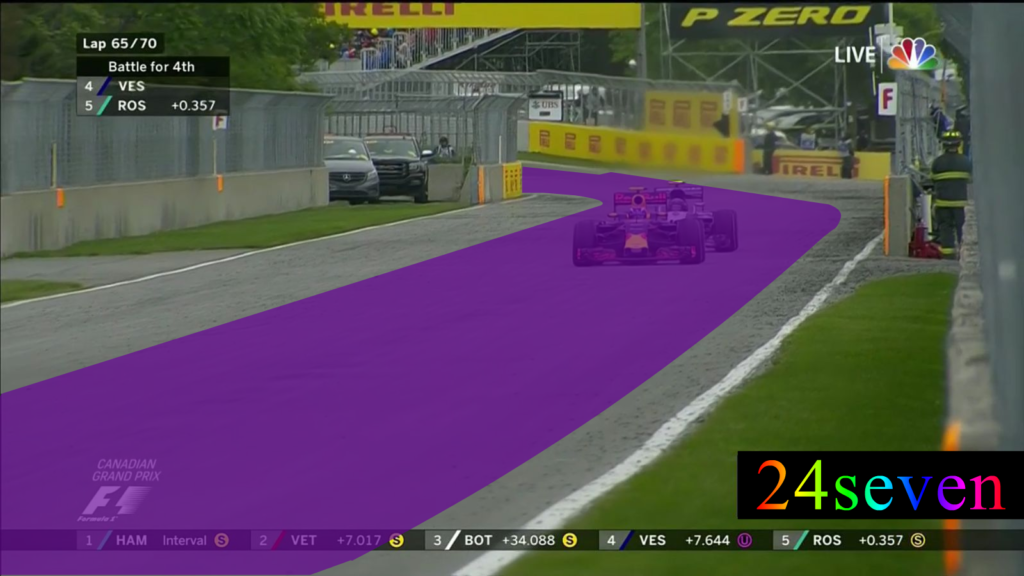
The worn rubber pieces can be seen on either side of the purple highlighted area. (Click to enlarge.)
Ain't nothin' but a 'g' thang
When watching a Formula 1 race you'll start to notice that all of the race circuits are dramatically different. The tracks are designed to have left and right hand turns, different elevations. One hundred (100%) percent of the Formula 1 tracks have a section or sections where you get the illusion that the cars are going very fast, sometimes in excess of 200 mph down a straight then they come up on a turn that looks so tight that you think wow how could a car possibly take that turn at such fast speeds. It is an illusion, the going down a particular's circuits super-fast straightaway and then going into that circuits super tight turn is a major part of modern Formula 1 racing. When the drivers go from 200 mph down to 45 mph to properly navigate the turn the drivers will experience sometimes as much as 4gs of down force, i.e. the driver is experiencing 4 times the normal effects of the earth's gravity on their body. If the driver weighs 159 lbs. then for a brief period while under heavy braking the driver's weight is 4 times that amount or approximately 800 lbs.. This part of all Formula 1 tracks not only puts the driver's body to the test but also the tires and brakes, rigidity of the chassis, the front nose set up making sure there is not too much or too little downforce.
The Driving Line - The Apex of the Corner
Got Champagne?
Formula 1 is always looking for ways to improve and conserve the planet's resources during a race and after a race on the Podium is no different. Formula 1 conserves on dairy products and uses champagne. Like with the Mercedes AMG Silver Arrows in the last few seasons, champagne has excellent straight line acceleration and the launch control program coming out of the bottle has had milk beat heads down for centuries. (Podium 2016 Grand Prix of Europe)

